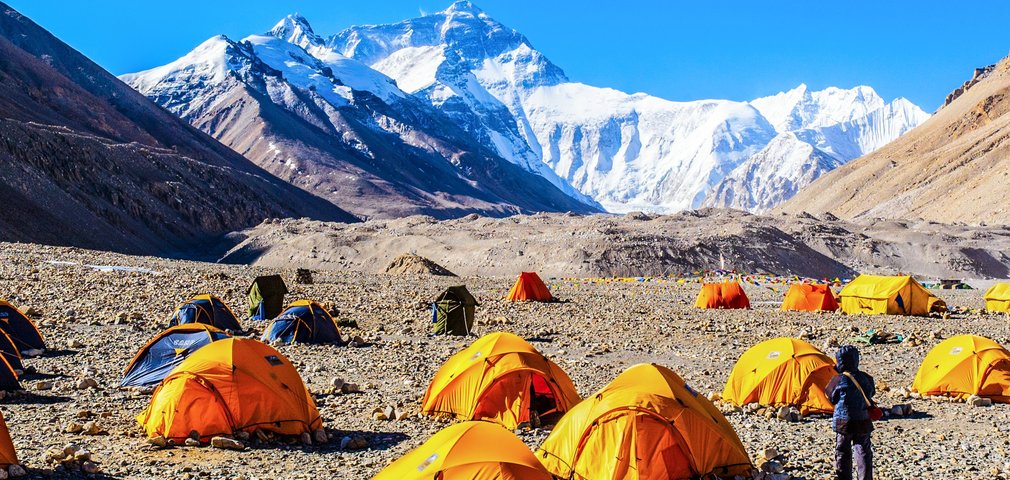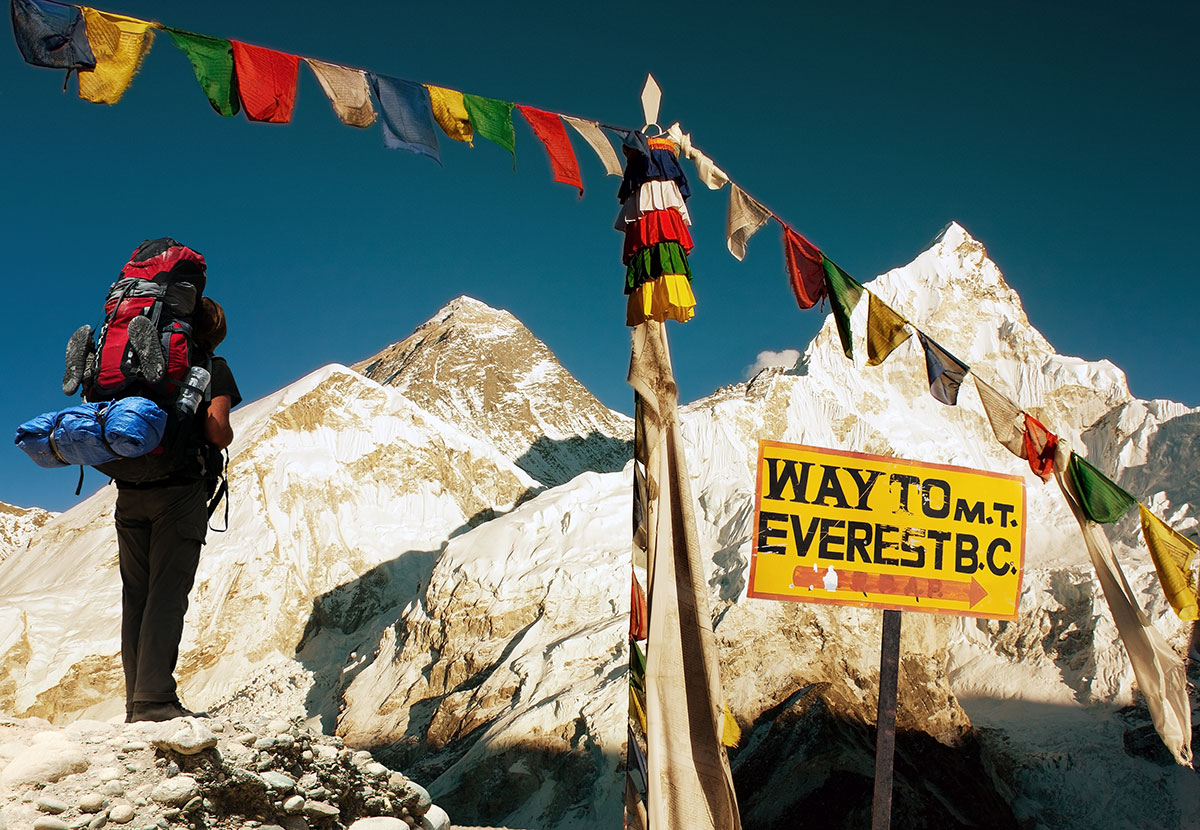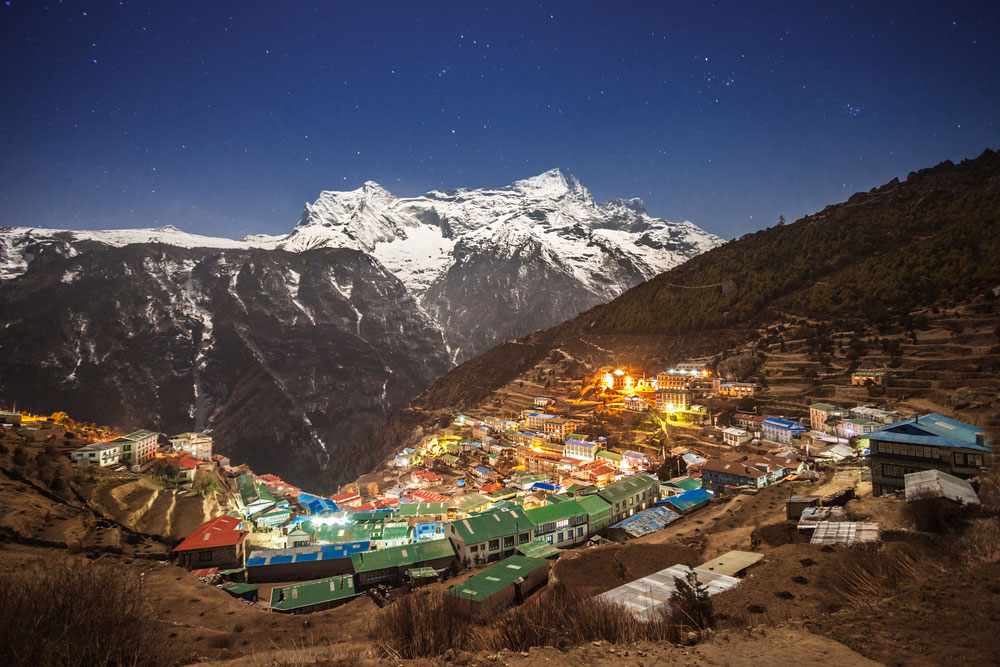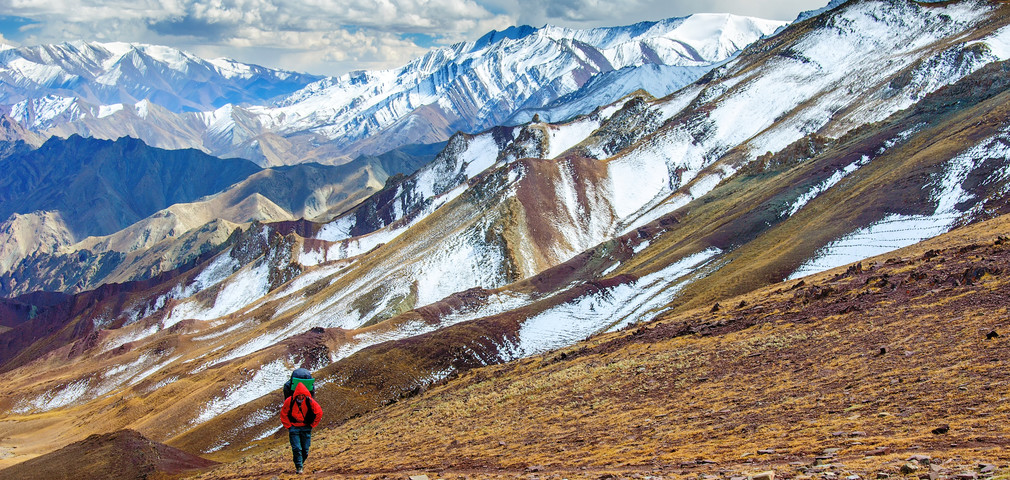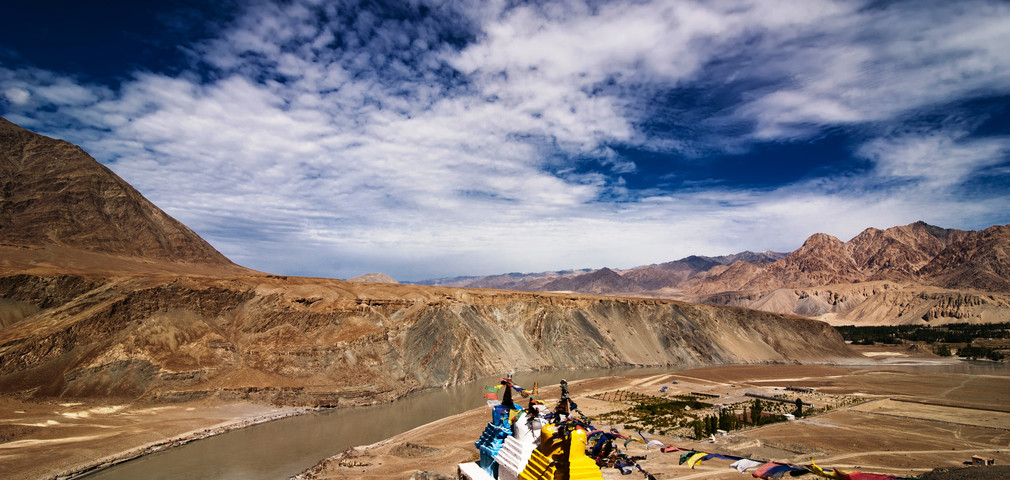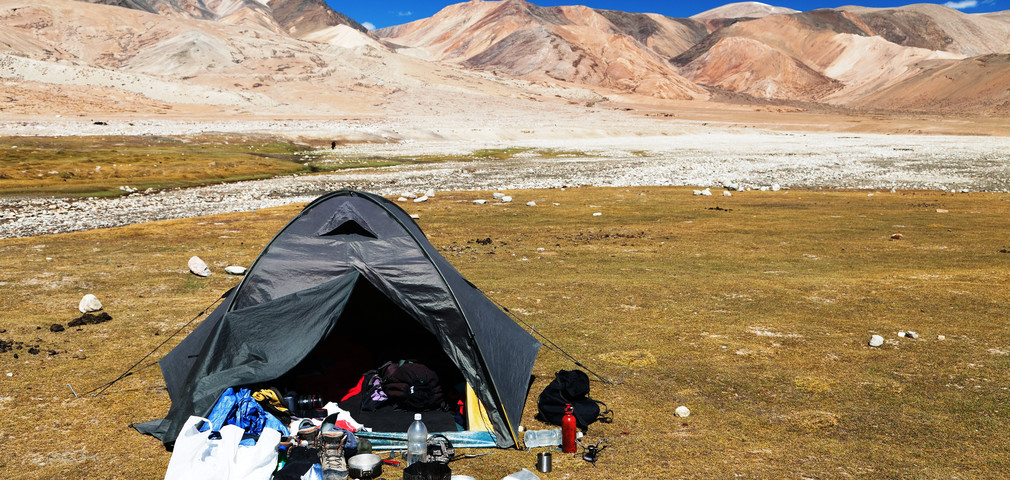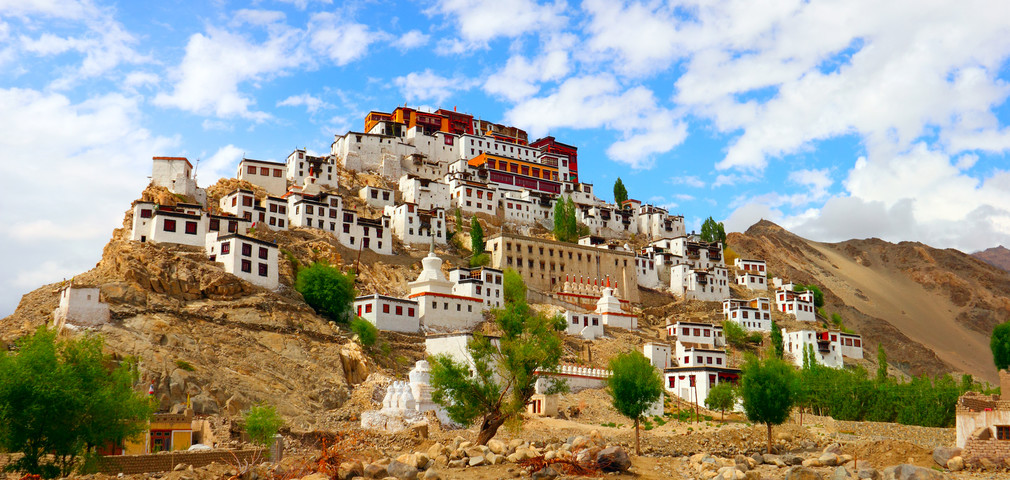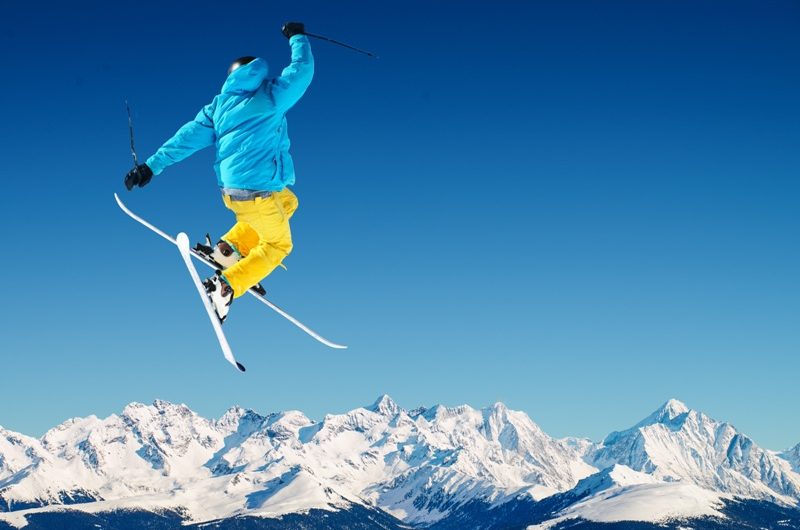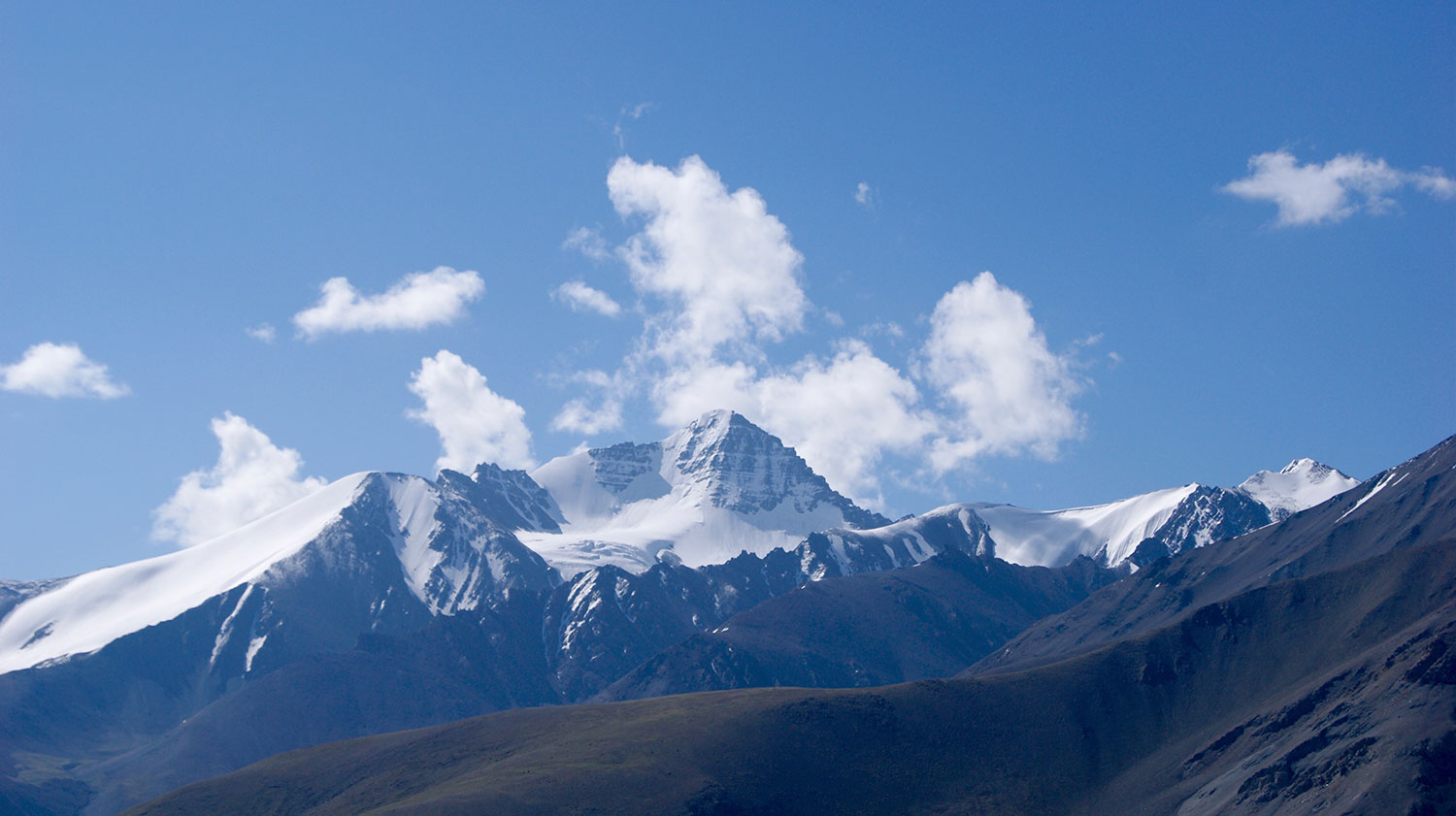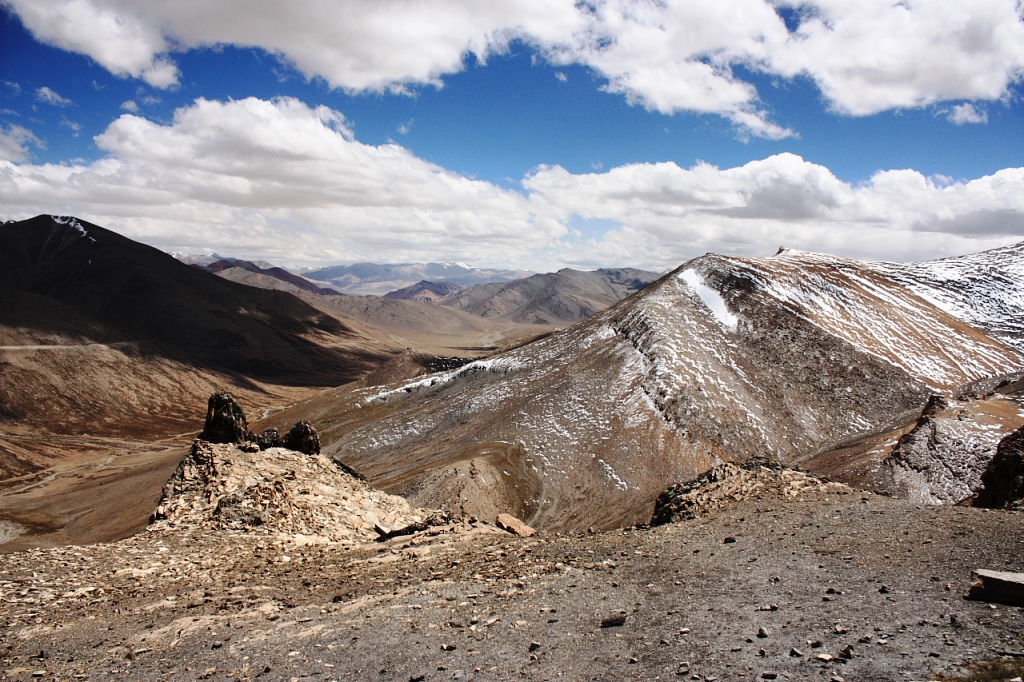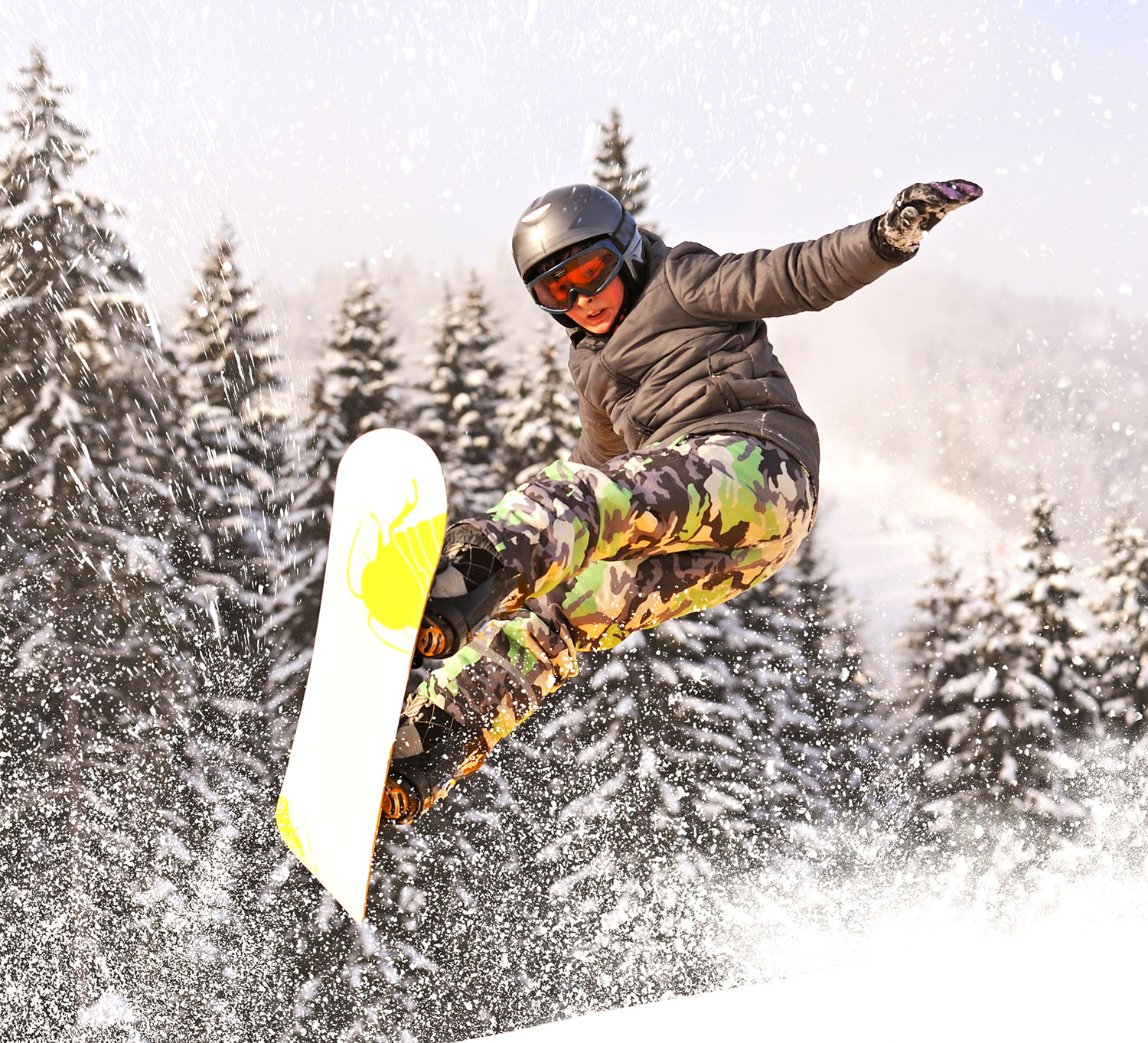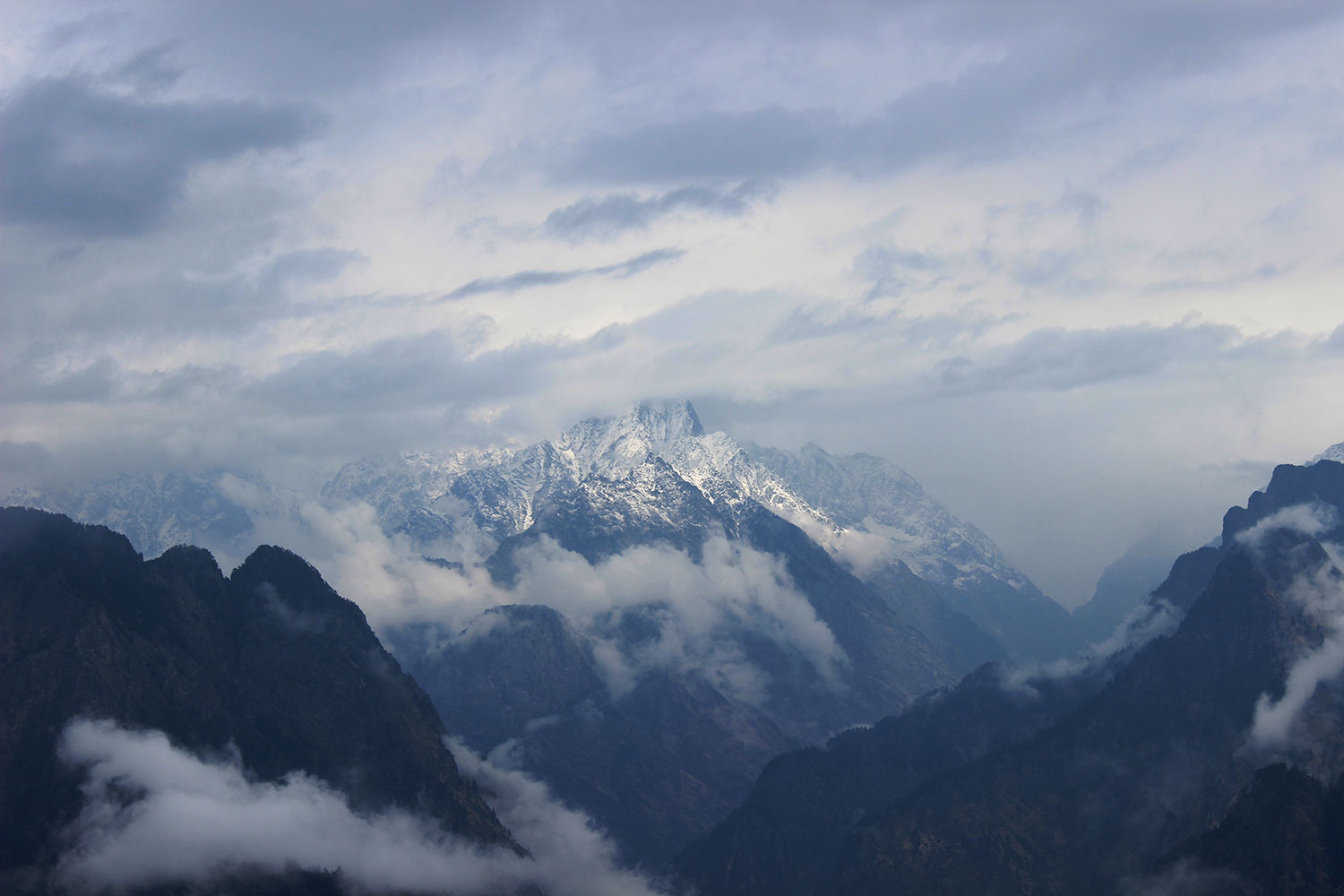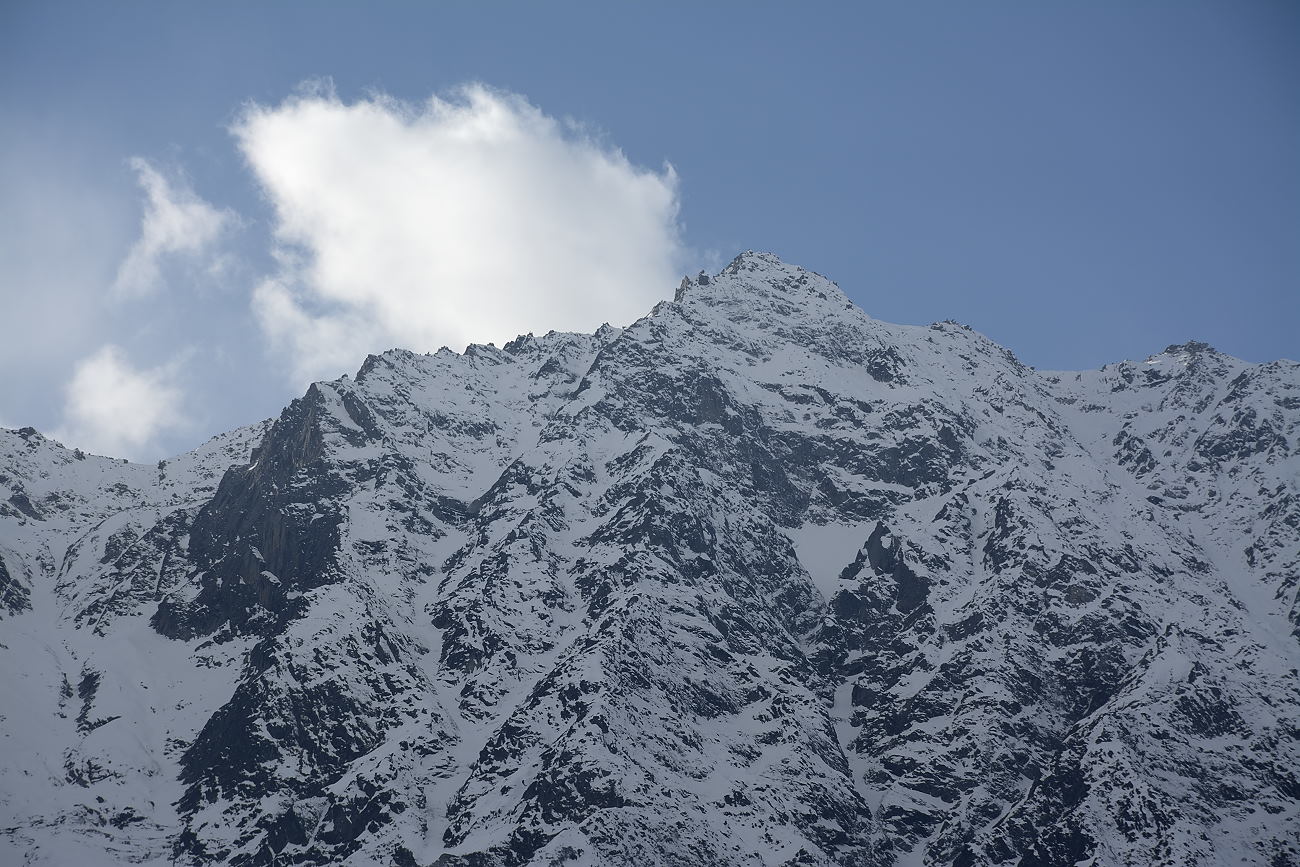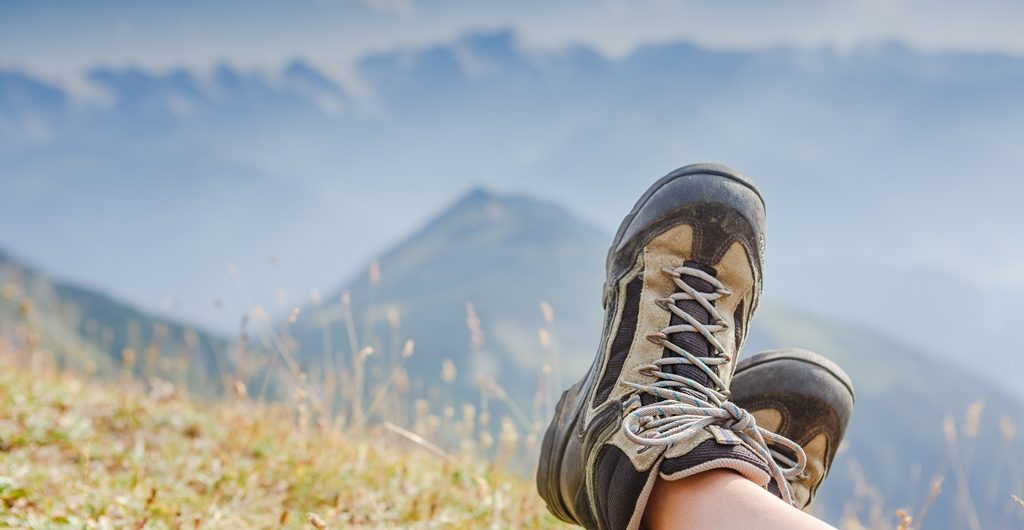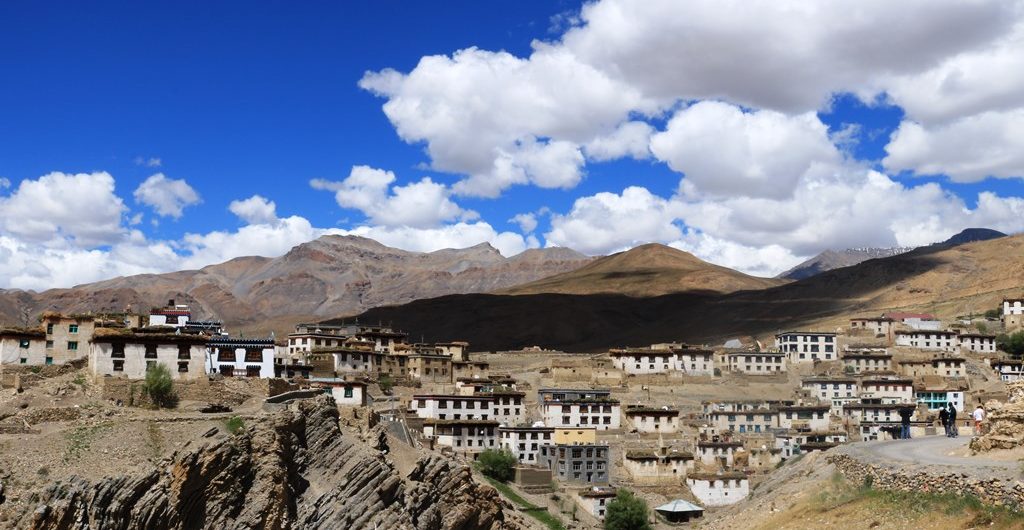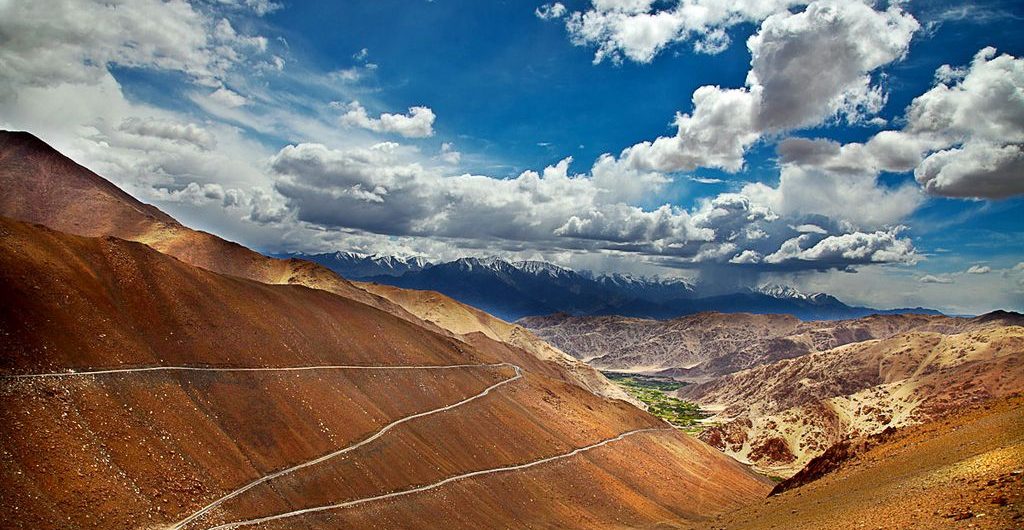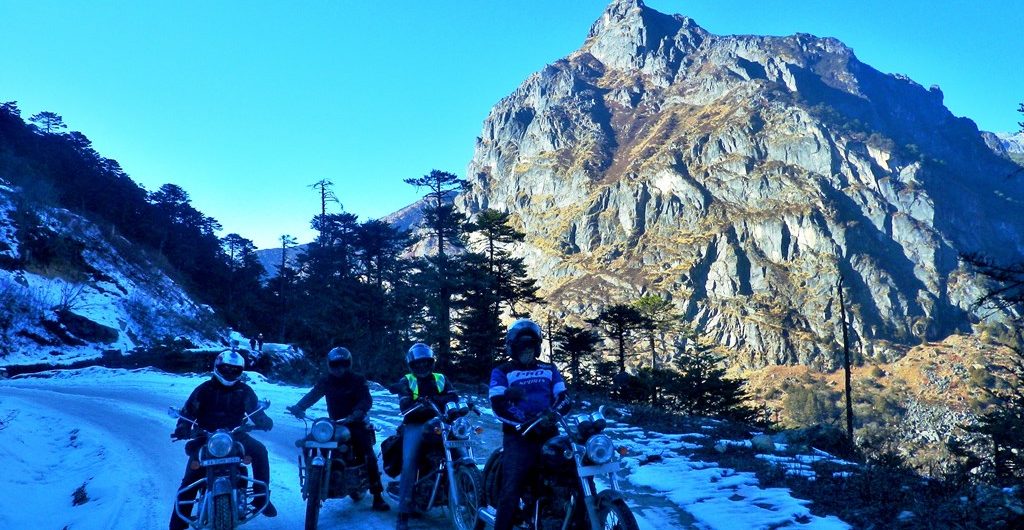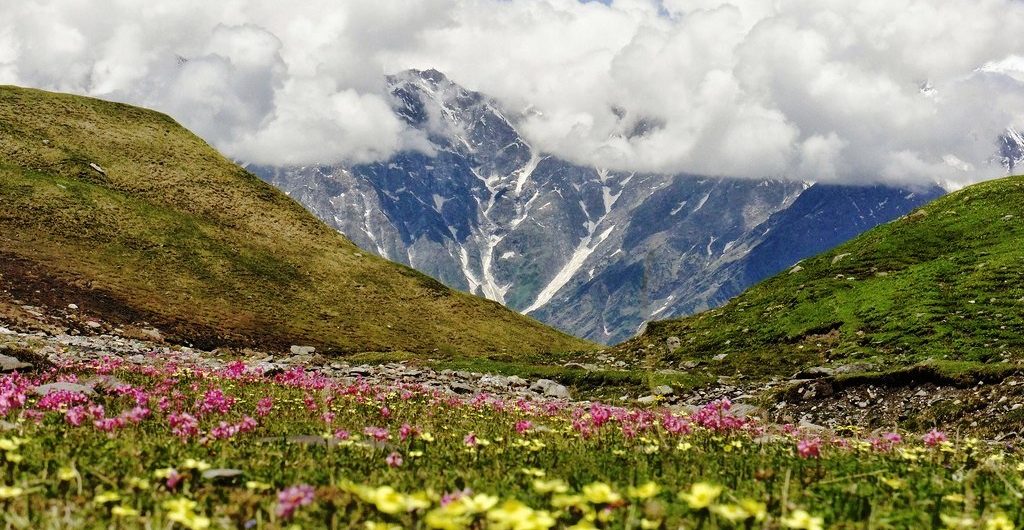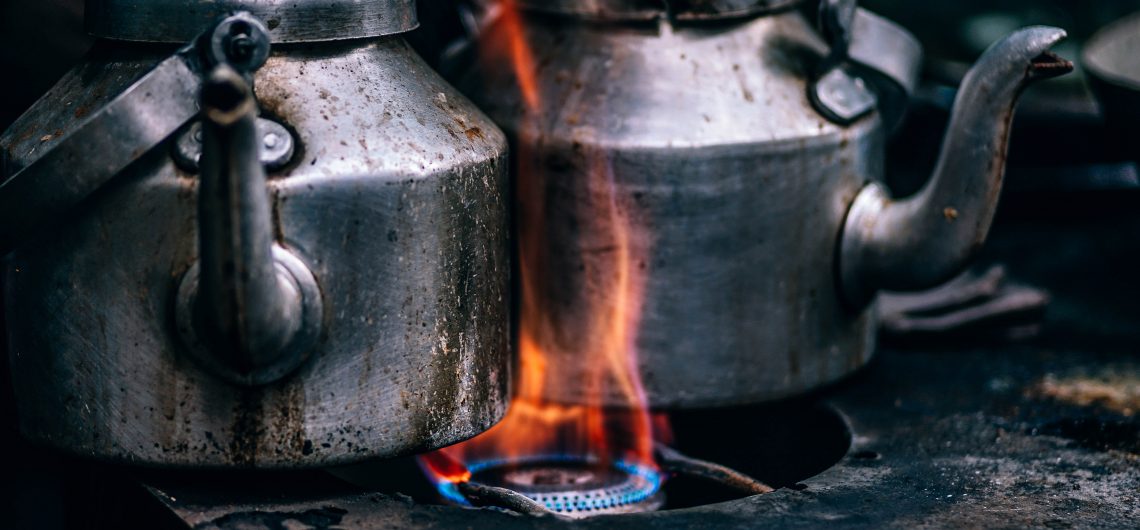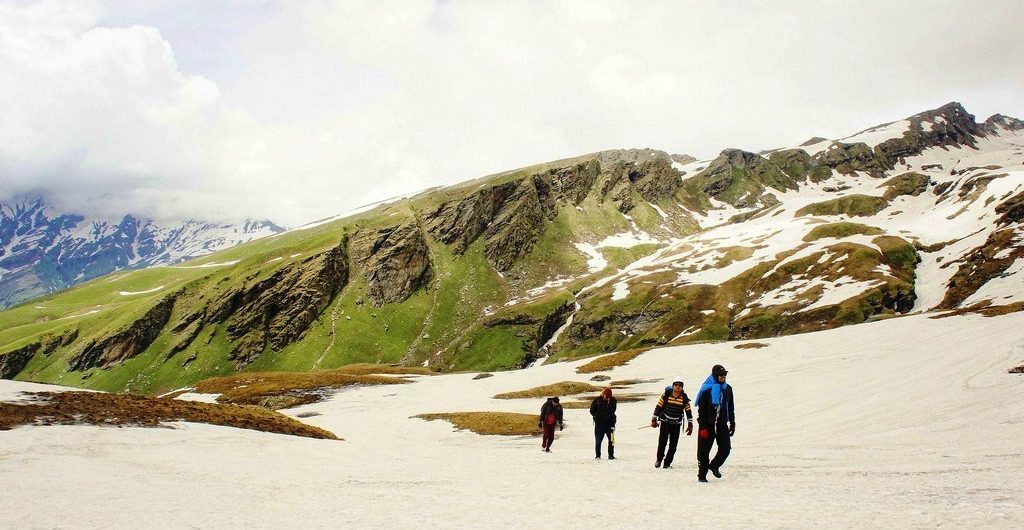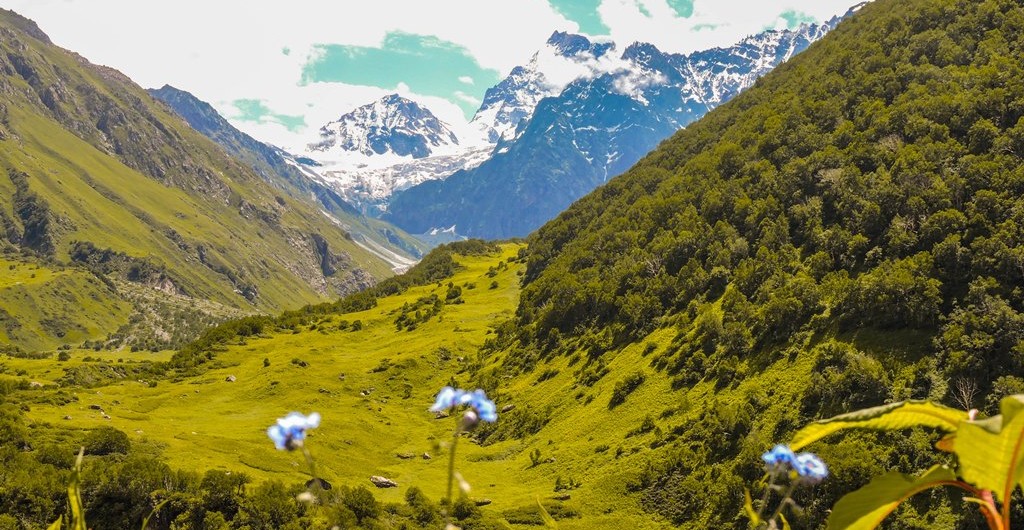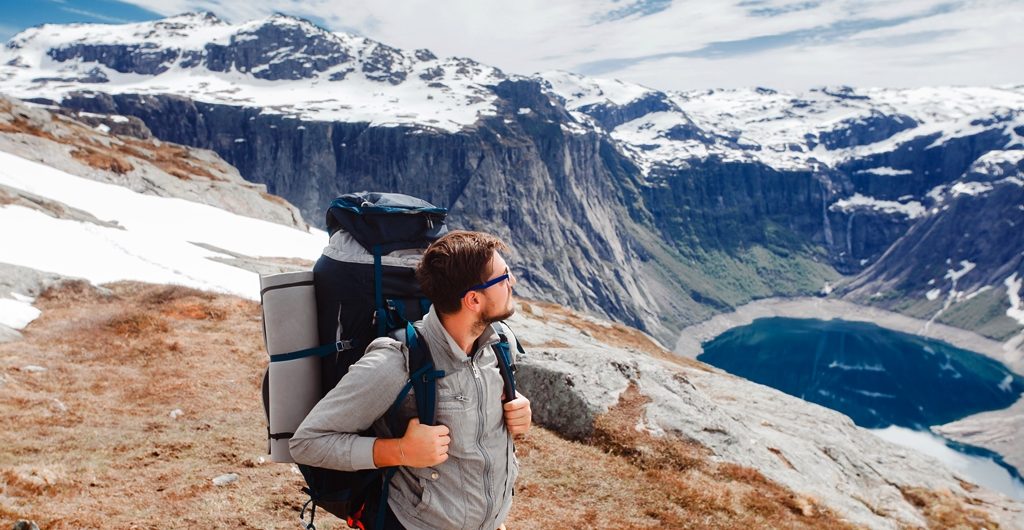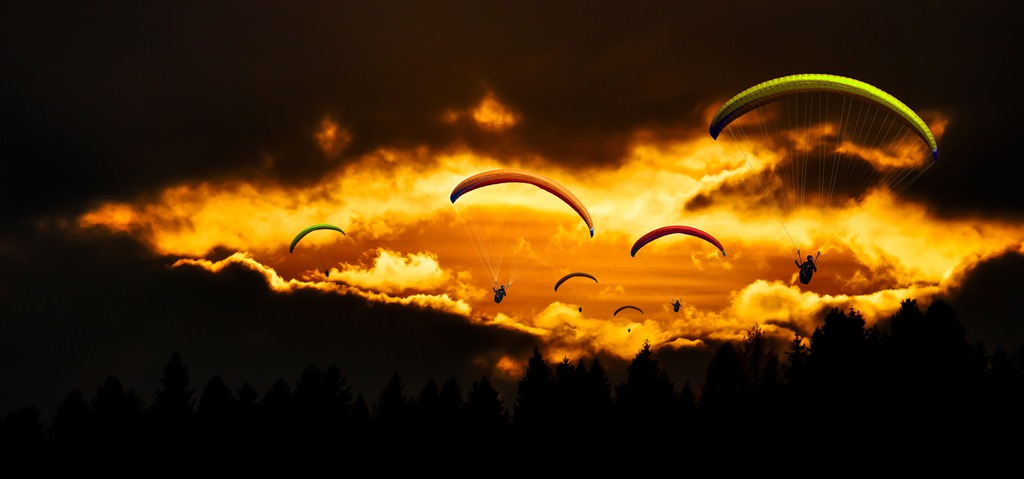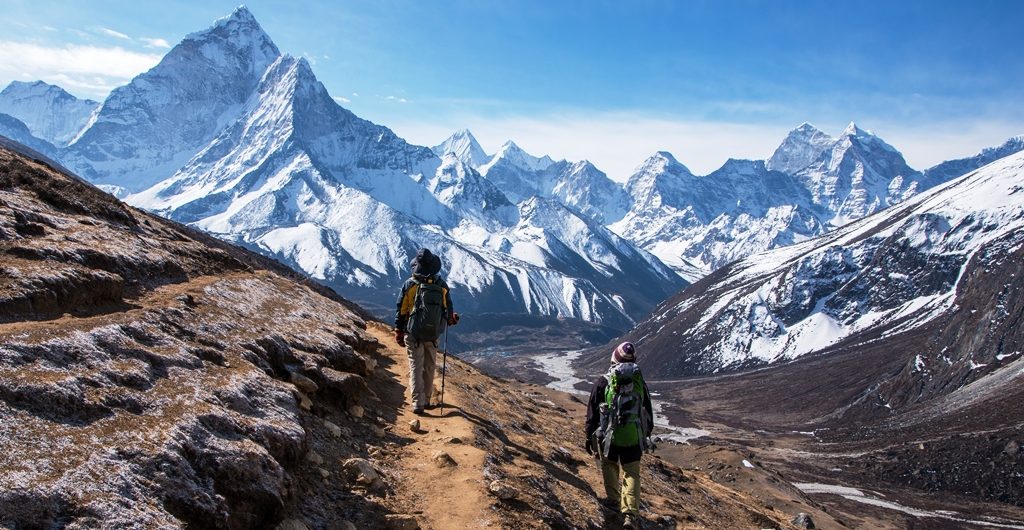September is definitely one of the best times to experience the true essence of the Himalayas. The monsoons are almost over and all you see around is lush green landscapes releasing misty fragrances. It’s during this time that the snow is almost completely melted, even on the high peaks, and you can actually catch sight of the entire mountain from the base till the summit. Sometimes, during the day, the fluffy clouds flow down so low that you are able to walk through them and catch a glimpse of what is beyond those clouds. And on clear nights, you can just look outside your tent and just be amazed at all the gleaming stars that shine to give you that galactic experience!
Exciting Treks in September – Click Here to Explore!
Now as pleasant and refreshing the weather is during September, it’s not the most popular time to go for a trek in the Himalayas. When I came to think of it, I could not really find any particular reason for that. So I decided to speak to a lot of fellow trekkers and mountain lovers to find out that reason. After having a chat with a bunch of folks, I came to a conclusion that no one really had any substantial reason as to why not go trekking in the Himalayas during September. The most common thread that I could gather up was that the trails are wet and slippery and there are chances of landslides. Now all those things are true. Hiking on slippery trails could be a bit dangerous but that doesn’t take away from the fact that it also becomes more adventurous and fun. Surely you are going to have a couple of clumsy falls while climbing down, but in the true spirit of adventure, you are going to shrug that mud off your back and continue hiking to your destination. And that’s what trekking is all about, right?! So trust your instincts and plan that autumn trek in the mighty Himalayas.
Must Read: Best Monsoon Treks in the Himalayas
To make it easy for you to decide, I’ve listed down some of the most popular treks for the month of September, below.
Best Himalayan Treks in September
1. Har Ki Doon Trek
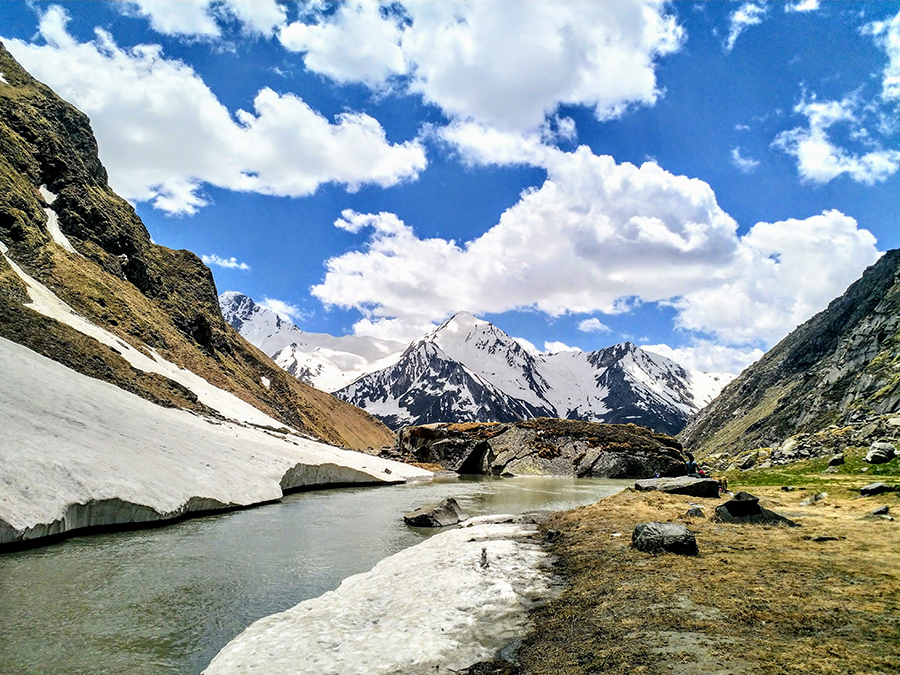
- Maximum Altitude – 3550m/11650ft
- Region – Garhwal (Uttarakhand)
- Grade – Moderate
- Duration – 6N/7D (Ex. Dehradun)
One of my absolute favourites, Har Ki Doon Trek has the distinction of being one of the oldest trekking trails in India. The valley is located in the high altitude region of Garhwal and is a part of the Govind Ballabh Pant National Park. Sankri serves as the base camp for the trek and from there it usually takes around four days to hike to the valley and back. The most enticing feature of this valley is the unspoilt dense forests and the riverside camping which offers a blissful experience for nature lovers, bird watchers and shutterbugs. An after monsoon trek to the Har Ki Doon valley is highly recommended for both, the experienced and the beginners.
Explore Har Ki Doon Trek
2. Indrahar Pass Trek
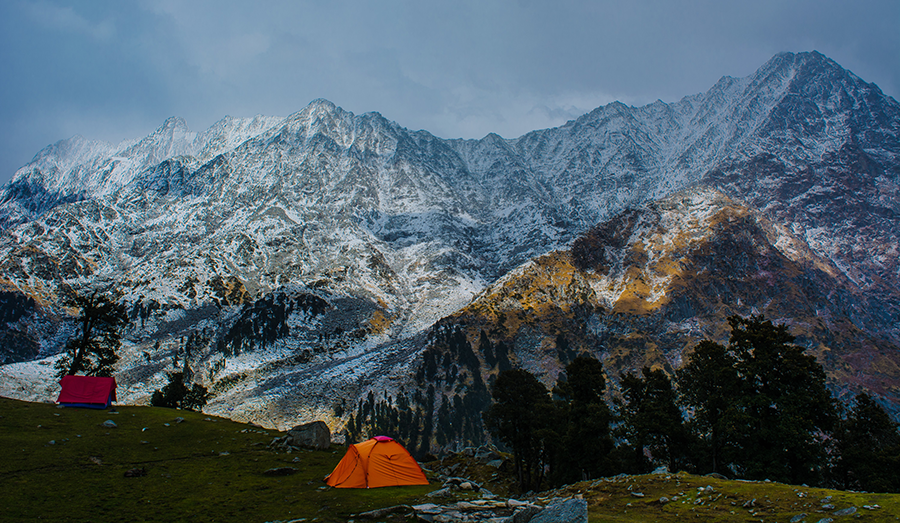
- Maximum Altitude – 4342m/14245ft
- Region – Mcleod Ganj (Himachal Pradesh)
- Grade – Moderate
- Duration – 3N/4D (Ex. Mcleod Ganj)
Located at a high altitude of more than 14000 ft, Indrahar Pass lies in the Dhauladhar Ranges of Himachal Pradesh. Due to the high altitude, the pass is covered in snow from October to April which makes it difficult to trek to the top. And during the peak monsoons also it’s not the best place to go hiking due to the heavy rainfall, thus leaving trekkers only a handful of months (including September) to trek here. The trek takes you through some of the prettiest landscapes in the Dhauladhar ranges covered with dense forests of cedar and rhododendron trees. During the trek, you even get a chance to hike to a glacier known as Laka Got.
Explore Indrahar Pass Trek
3. Beas Kund Trek
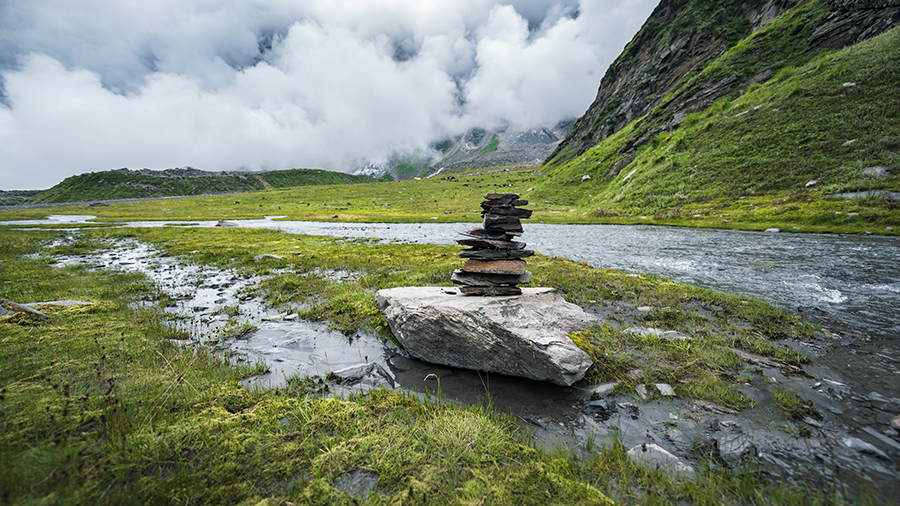
- Maximum Altitude – 3700m/12140ft
- Region – Manali (Himachal Pradesh)
- Grade – Moderate
- Duration – 2N/3D (Ex. Manali)
Beas Kund, a small alpine lake, is the source of Beas River that flows through the entire Kullu Valley in the state of Himachal Pradesh. During autumn, this is one of the most popular treks to do around Manali due to the fact that the weather is absolutely clear and you can locate peaks such as the Friendship Peak, Ladakhi Peak and hanuman Tibba. The trail is filled with a heap of boulders and makes for a terrific spot for photography. During the trek, you will be camping in one of the most scenic campsites in the entire Himalayas, and that is one of the many reasons this is an extremely popular trek in the area.
Explore Beas Kund Trek
4. Valley of Flowers and Hemkund Sahib Trek
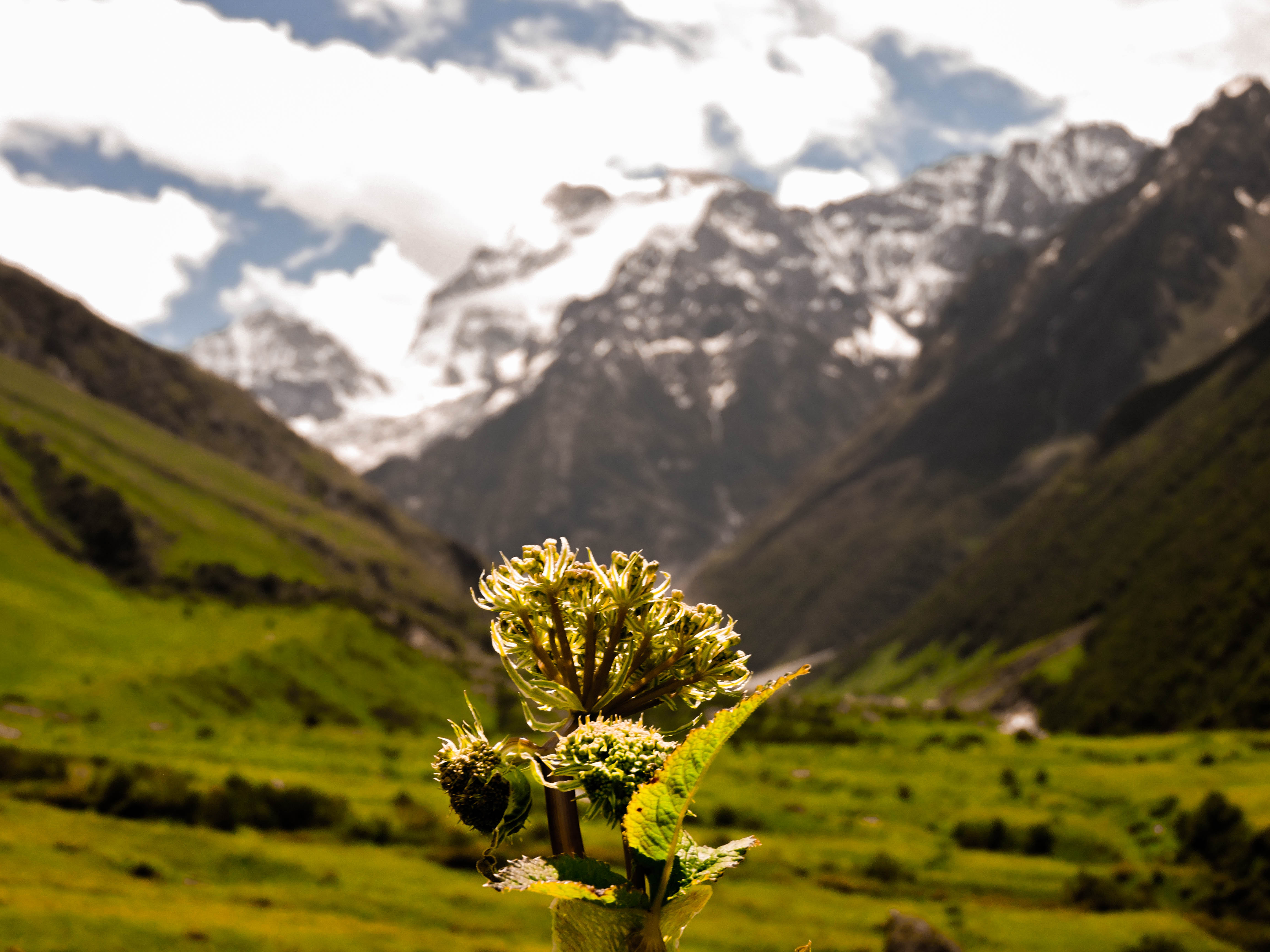
- Maximum Altitude – 4600m/15090ft
- Region – Joshimath (Uttarakhand)
- Grade – Easy to Moderate
- Duration – 5N/6D (Ex. Haridwar)
One of the most popular treks during the monsoon, Valley of Flowers is also one of the most beautiful places to visit in the Himalayas. Located in the remote Chamoli area, it is an Indian National Park known for its stunning meadows and the variety of flora. During the monsoons, hundreds of unique varieties of flowers bloom in this region and the entire valley looks like a watercolour painting on a colourful canvas. One of the other reasons this treks is very popular is the fact that one gets to trek to one of the highest located Gurudwaras in the world – Hemkund Sahib. Although one is advised to plan this trek in the first half of September as the unique variety of flowers are on full bloom during this time.
Explore Valley of Flowers Trek
5. Hampta Pass Trek with Chandratal Lake
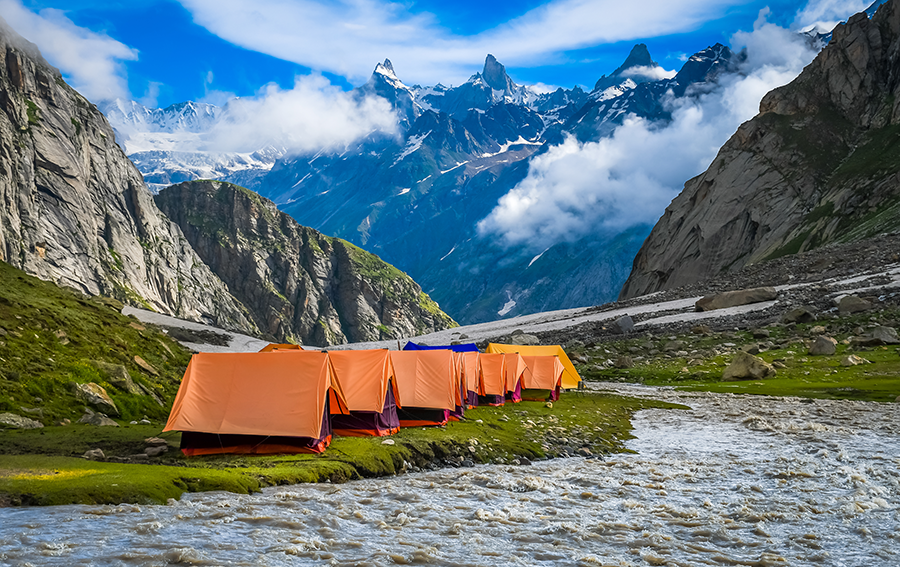
- Maximum Altitude – 4270m/14009ft
- Region – Manali (Himachal Pradesh)
- Grade – Moderate
- Duration – 5N/6D (Ex. Manali)
Although it’s open only for a few months, Hampta Pass is one of the most trekked mountain passes in the entire Himachal Pradesh. Technically located in the Pir Panjal range, Hampta Pass acts as a passage between Lahaul’s Chandra Valley and the Kullu Valley. During the expedition, you will be spending the night at some of the prettiest campsites in this part of the Himalayas. Another reason of its popularity is its proximity to the shimmering blue lake known as Chandratal Lake which is located at a high altitude of 4250m and can be driven to. During September, the weather remains rather pleasant but you should be prepared for a couple of cold nights.
Explore Hampta Pass Trek
6. Markha Valley Trek
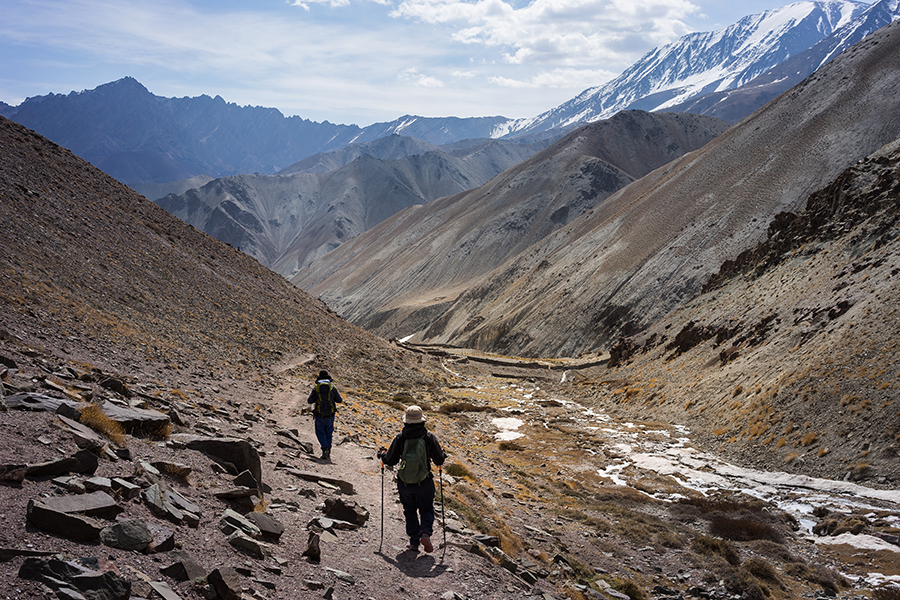
- Maximum Altitude – 4270m/14009ft
- Region – Ladakh
- Grade – Moderate to Challenging
- Duration – 8N/9D (Ex. Leh)
A tributary of the Zanskar River in Ladakh, Markha River originates at the junction of Langtang Chu and Nimaling Chu. The barren land that the river flows through is known as the Markha Valley. During the trek, one gets to hike through some of the remotest mountain villages in the entire Himalayas. Since the trail goes through Hemis National Park, one gets a chance of sighting some the rarely seen animal species such as the snow leopard. All along the trek, one also has an amazing view of the Kang Yatse which is one of the highest mountain peaks in the entire region. Being a challenging trek, one is advised to prepare for a few weeks before going on this expedition.
Explore Markha Valley Trek
7. Nag Tibba Trek
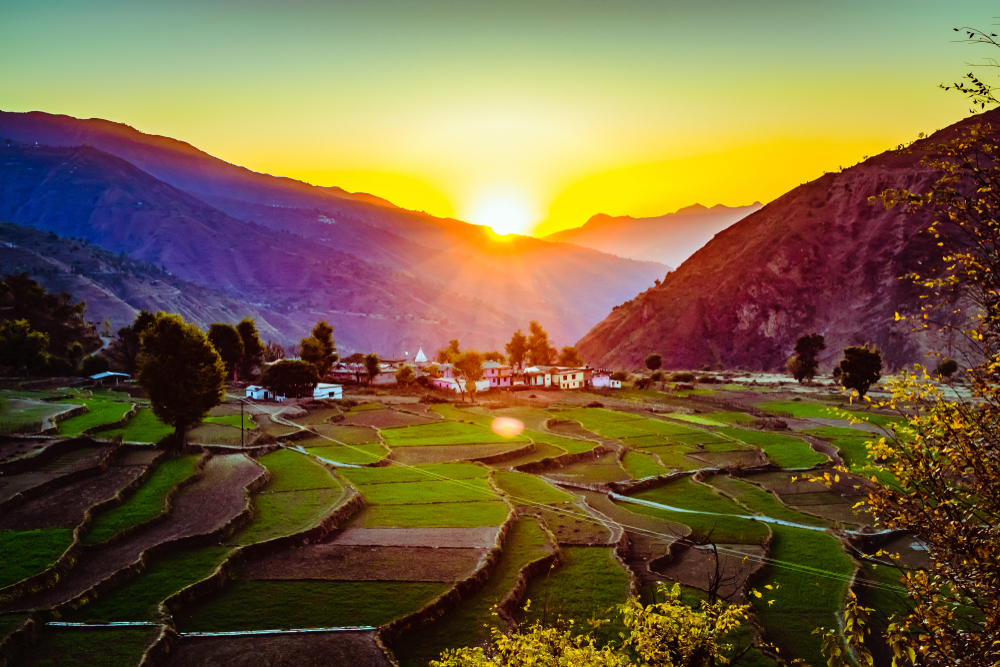
- Maximum Altitude – 3050m/10000ft
- Region – Tehri Garhwal (Uttarakhand)
- Grade – Easy
- Duration – 1N/2D (Ex. Dehradun)
Ideal for a weekend trip to the mountains, Nag Tibba Trek offers a legitimate Himalayan trekking experience in a span of just two days. Anyone travelling from Delhi can just travel overnight to Pantwari village in Tehri and start the trek in the same afternoon. The hike from Pantwari to Nag Tibba base is rather easy and doesn’t take more than four hours. An early start on the next day will make sure you reach the top and be back in Pantwari by three in the afternoon. The short trek is absolutely perfect for beginners and for people wanting to give their kids their first trekking experience.
Explore Nag Tibba Trek
8. Everest Base Camp Trek
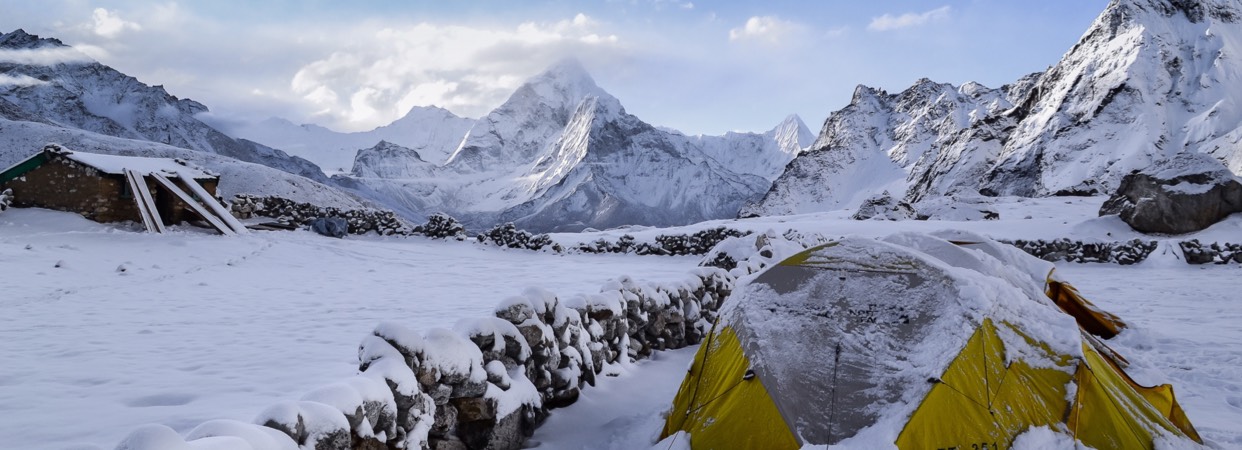
- Maximum Altitude – 5500m/18045ft
- Region – Sagarmatha (Nepal)
- Grade – Difficult
- Duration – 13N/14D (Ex. Kathmandu)
Although Everest Base Camp Trek (EBC) has the word Everest in it which makes it sound like a daunting task, it’s really not that difficult a trek. Anyone carrying a few high altitude trek experience can plan this expedition after putting in a couple of months of physical training. One unique thing about trekking to the EBC is the fact that instead of camping in really harsh conditions you will be staying at comfortable tea houses (guesthouse) throughout the trek. Besides the surreal trekking experience, you will also have an exhilarating experience during the adventurous Lukla flight. And of course, you will get to see some of the highest mountain peaks on the planet such as Mt Everest, Mt Lhotse and Mt Makalu among others.
Explore Everest Base Camp Trek
There are plenty of other treks that you can go on during this time but I’ve put together the list basis various factors and a bunch of my experiences. So beat that scepticism and plan that Himalayan trek in September!

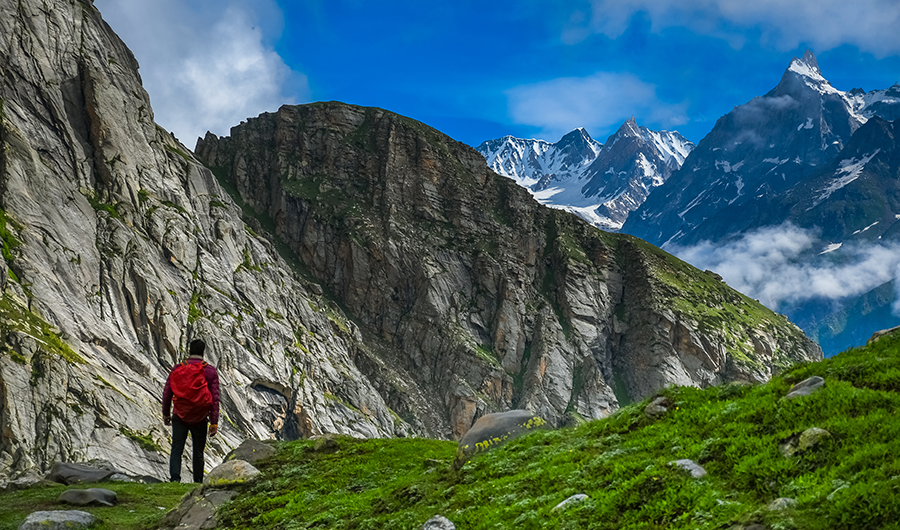


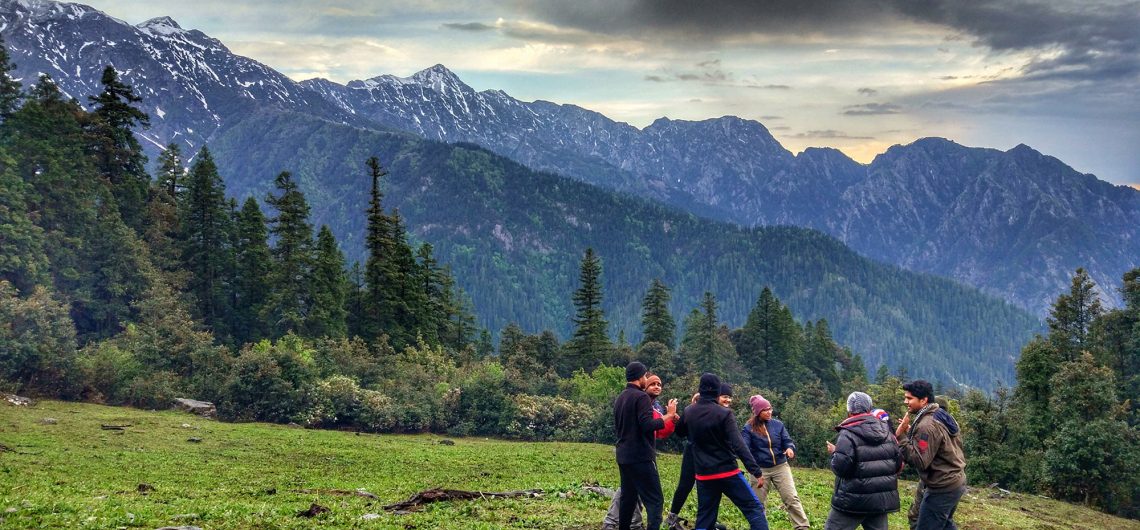

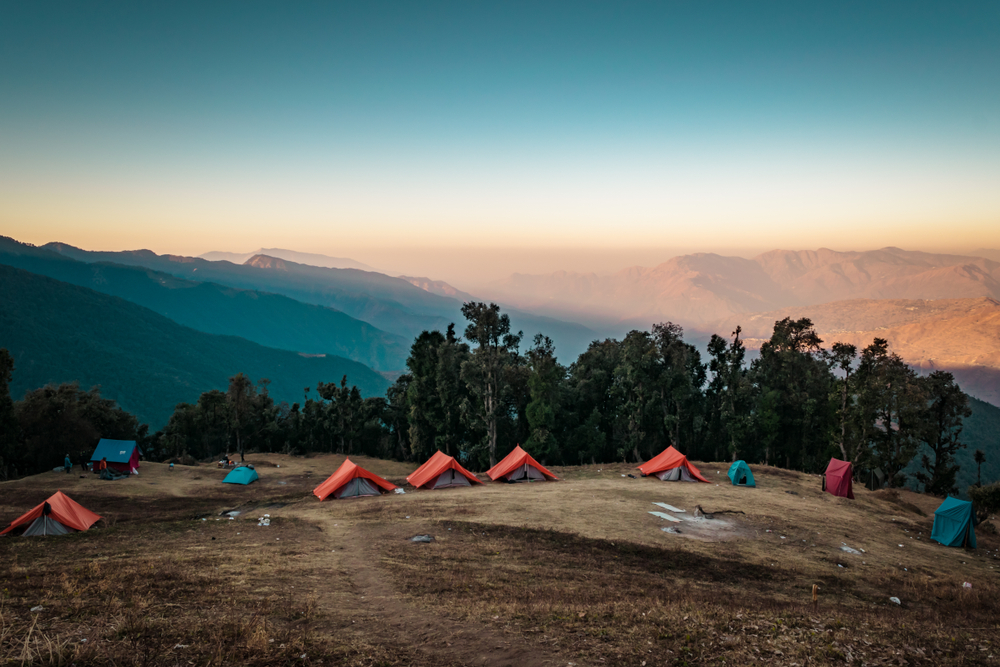
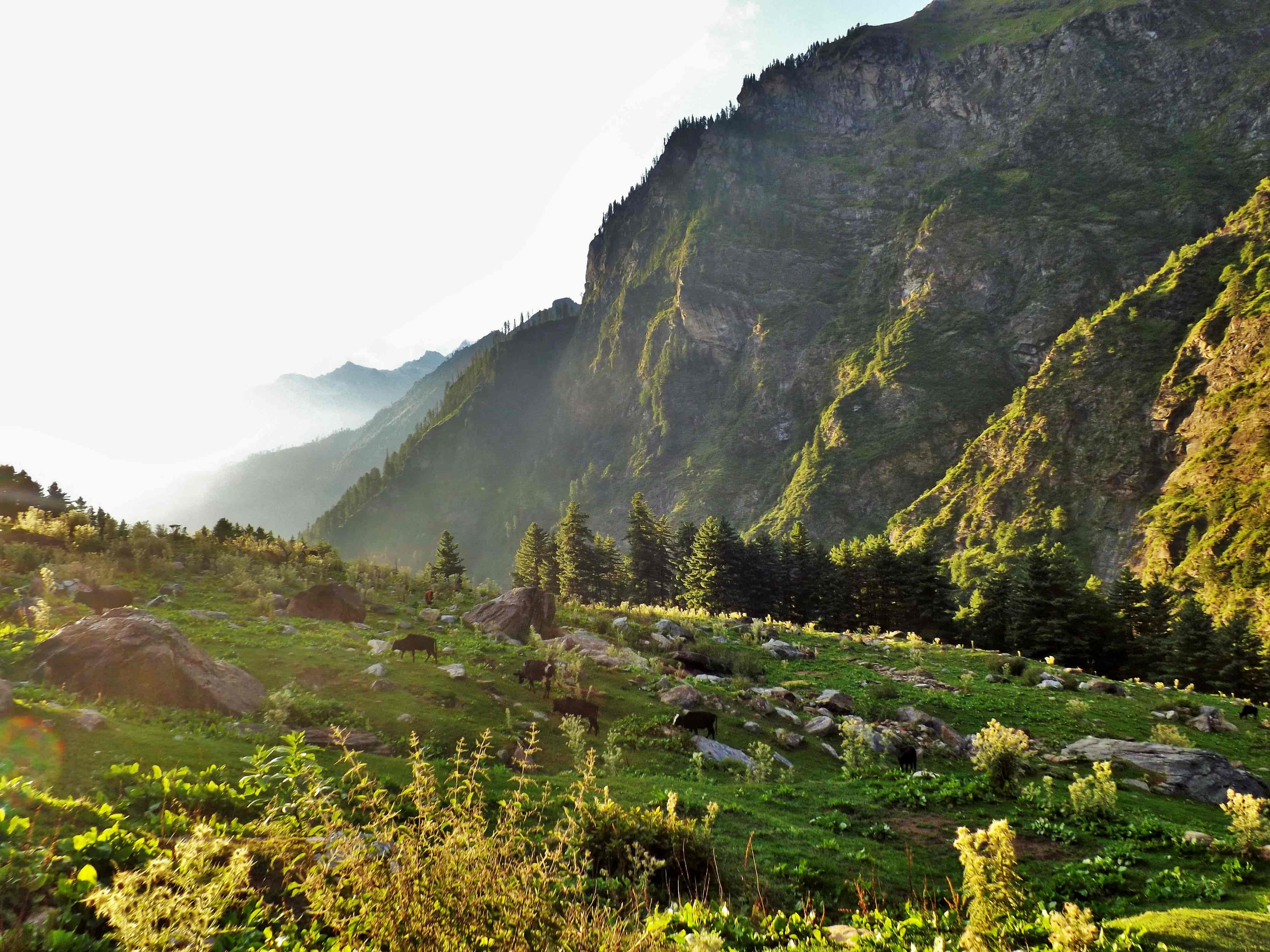
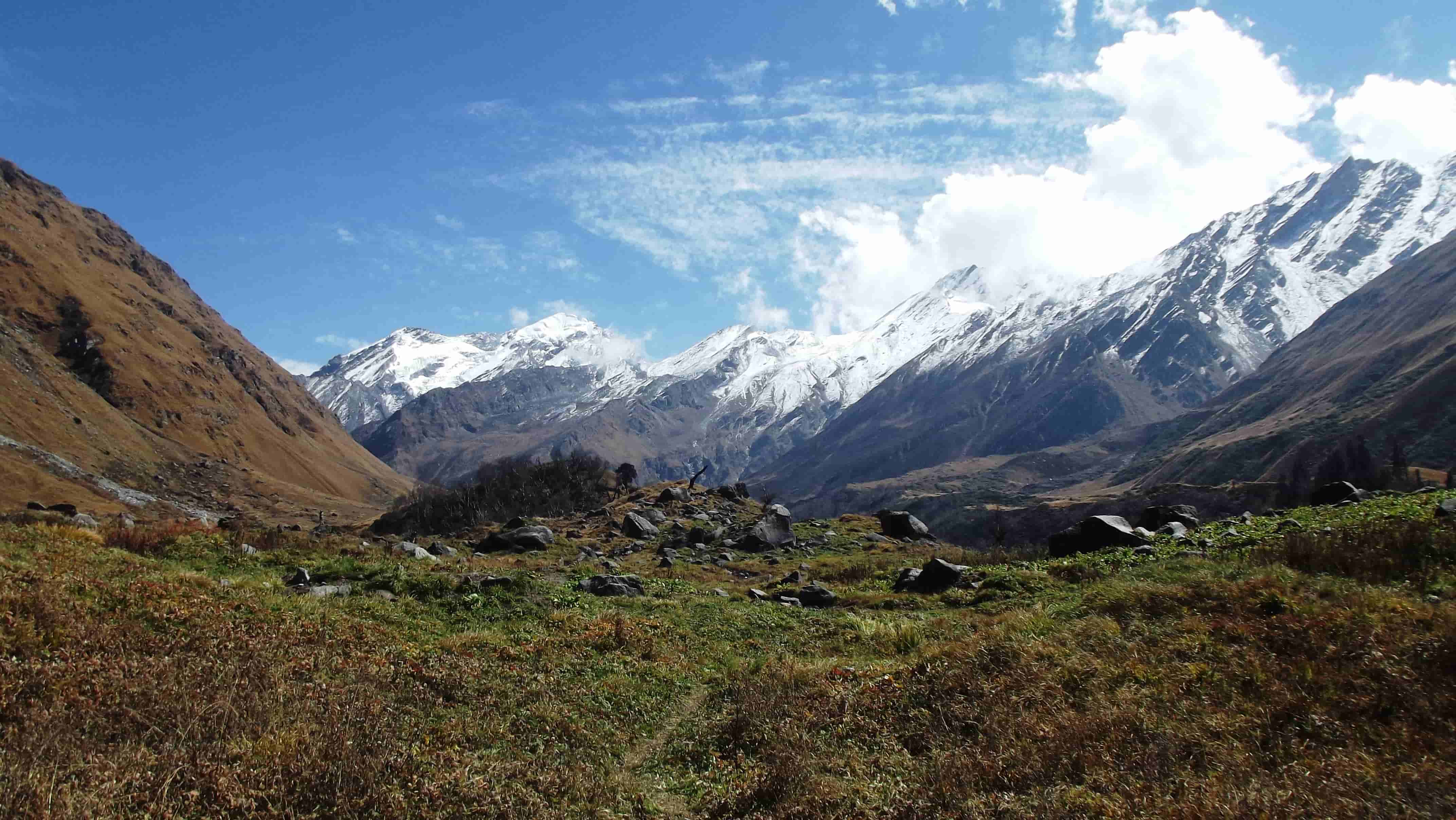
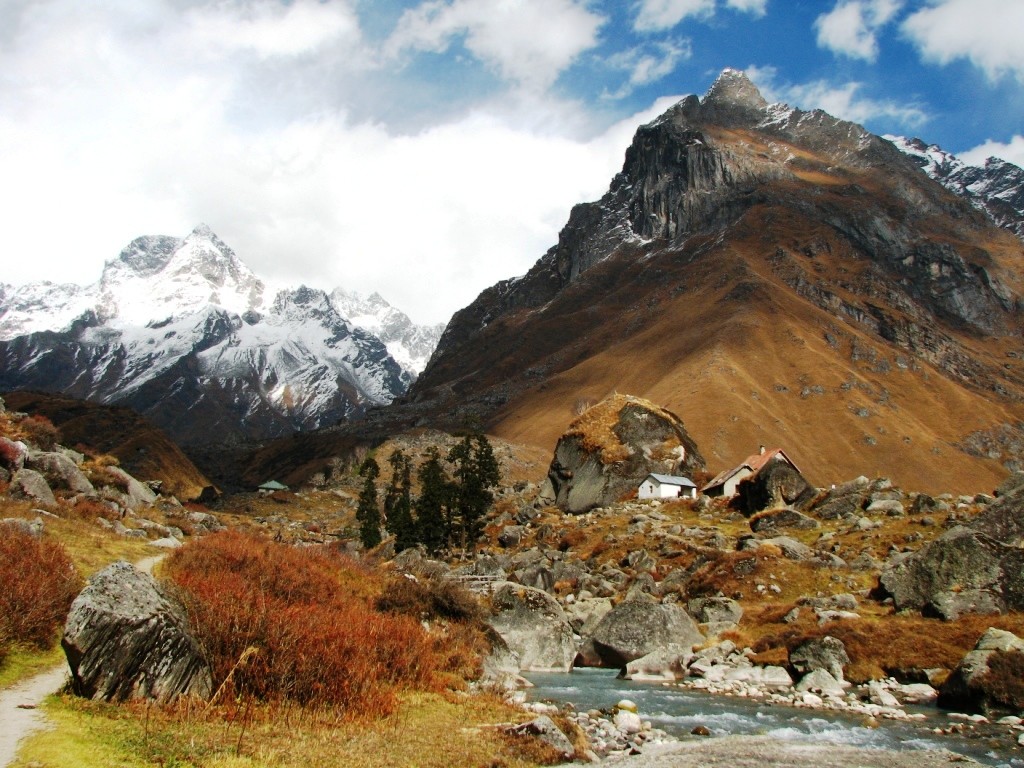
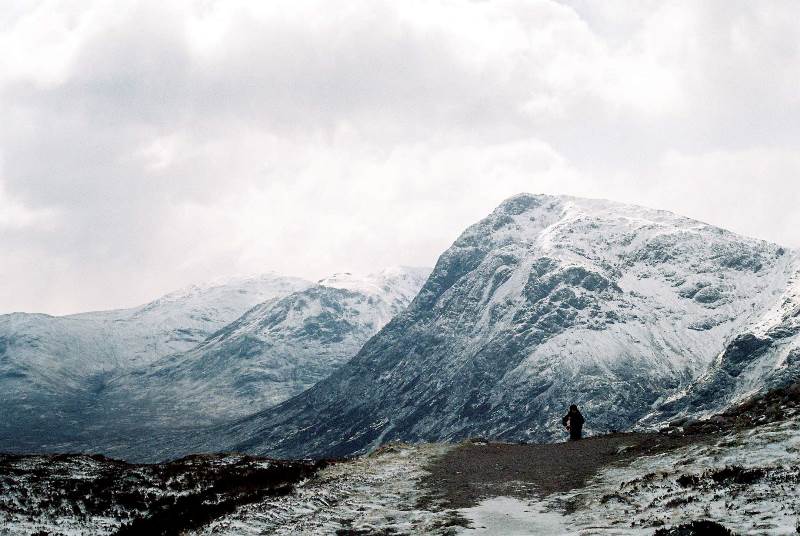
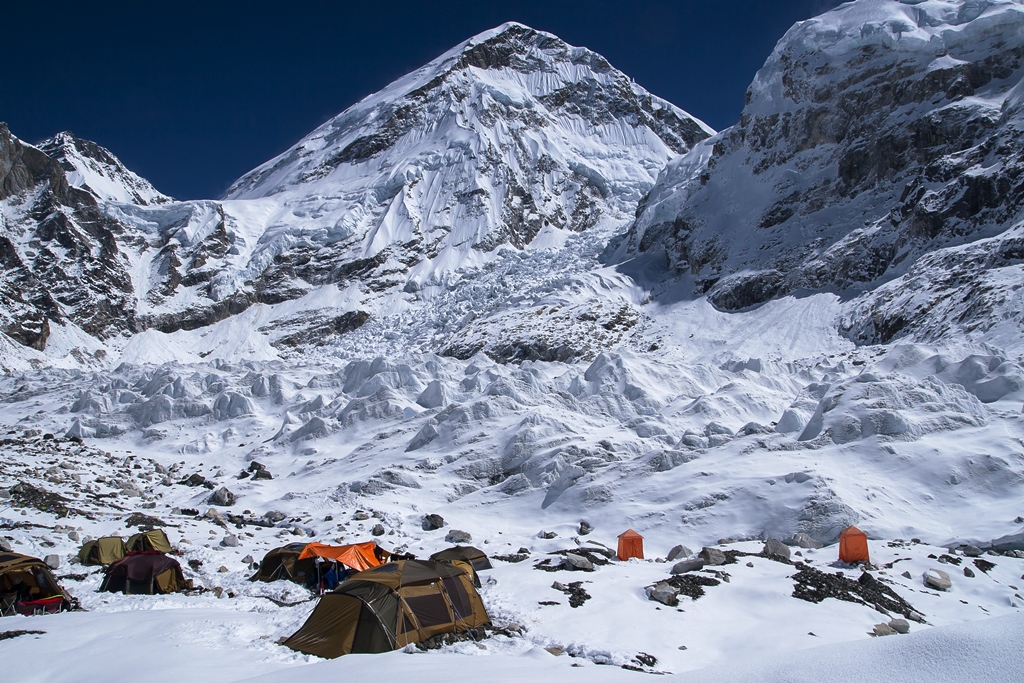
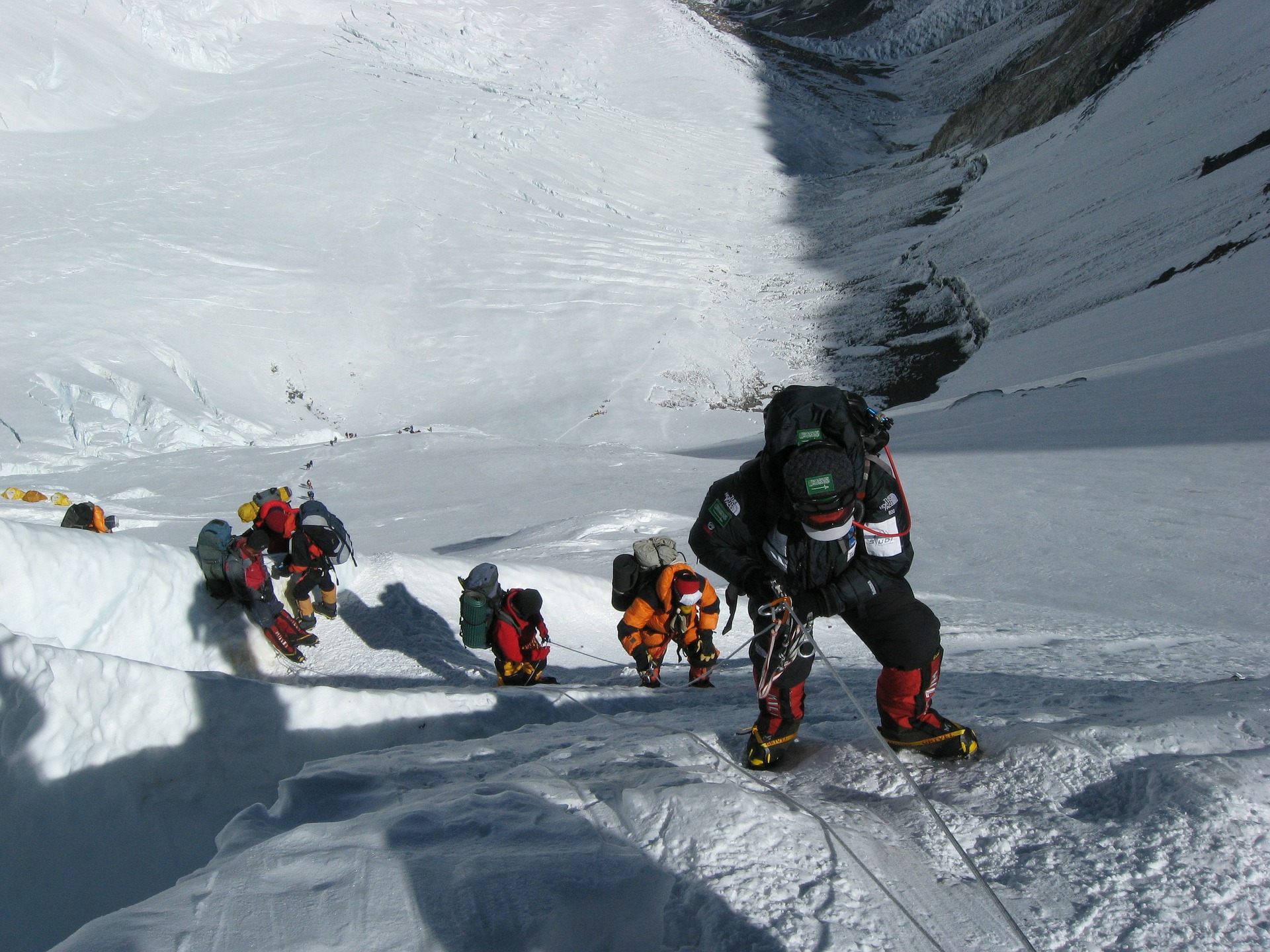
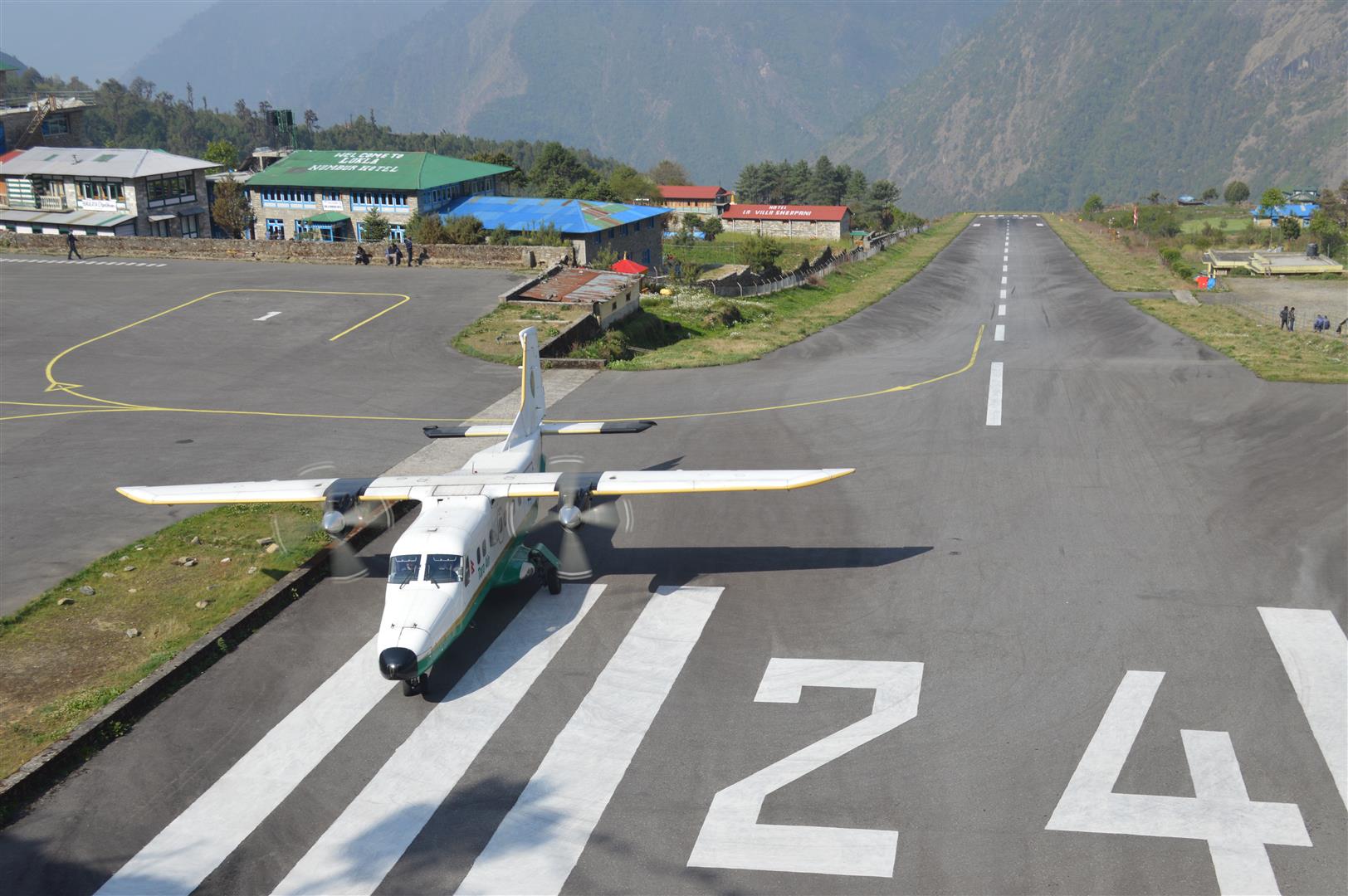
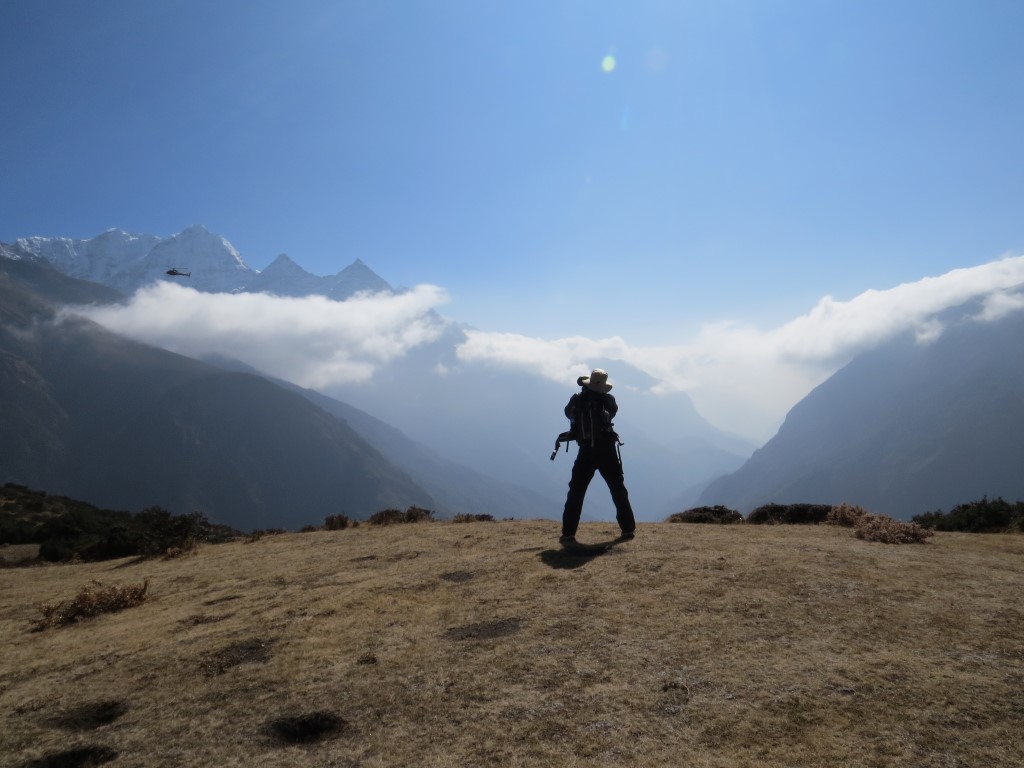
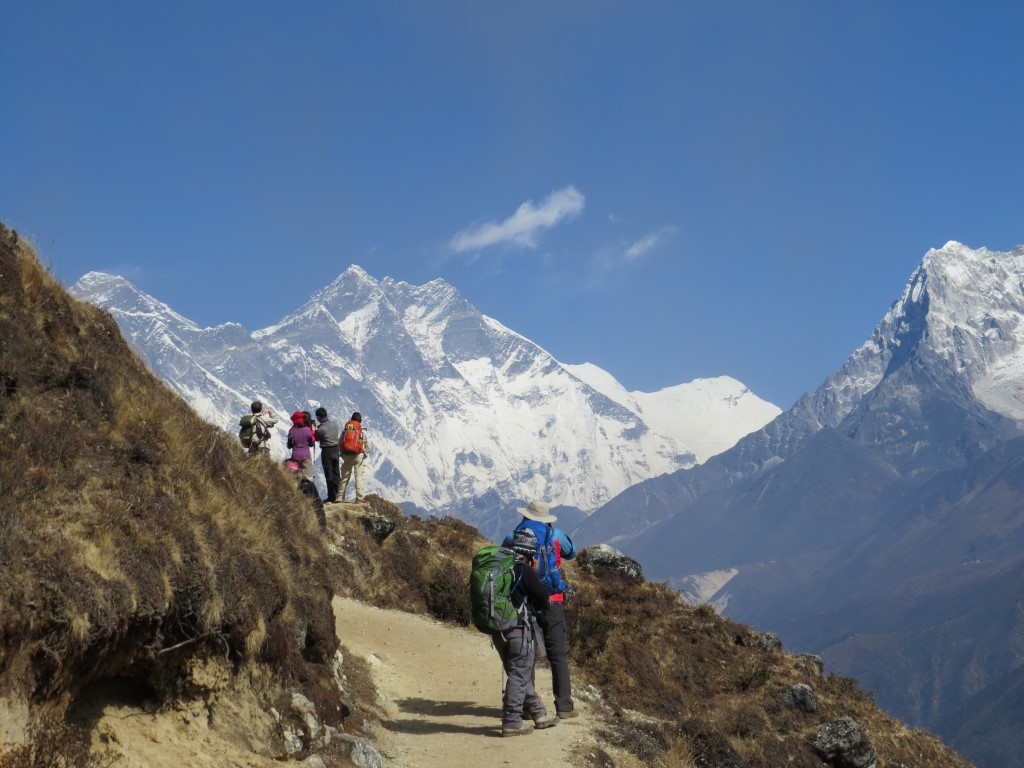
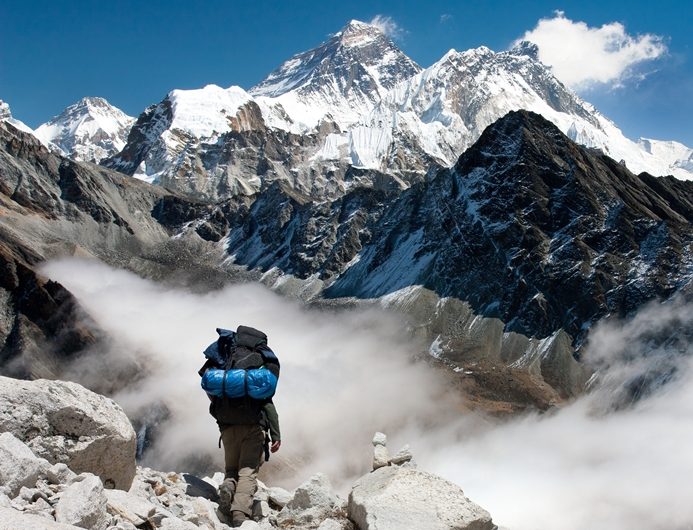
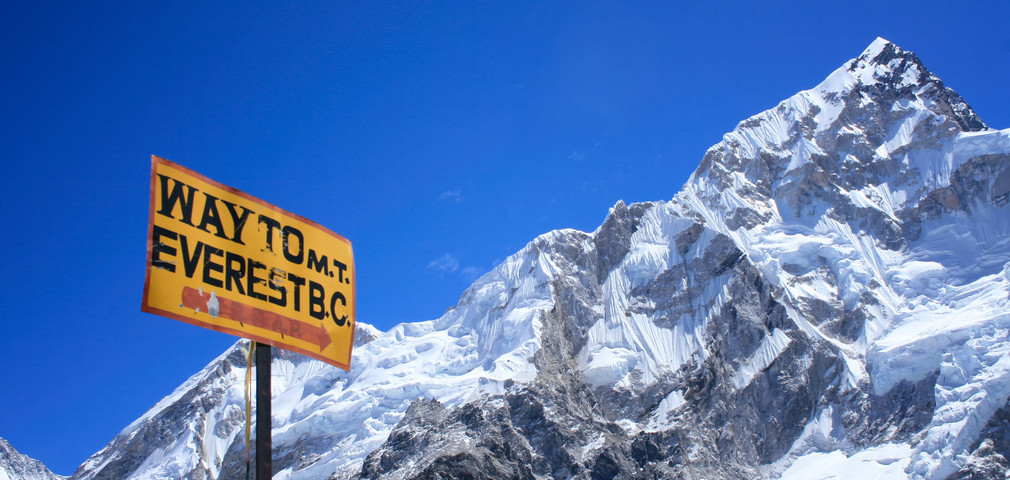
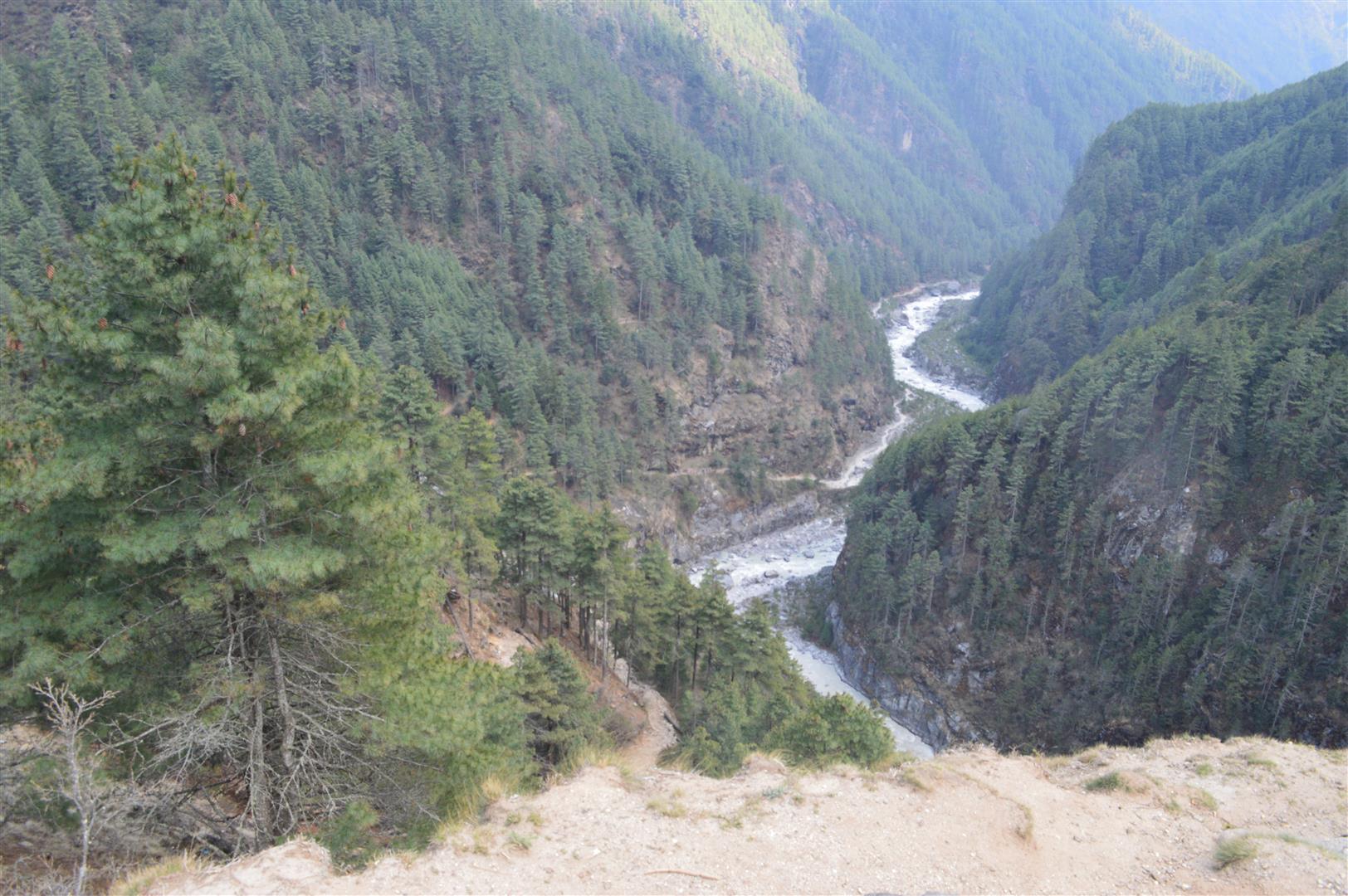
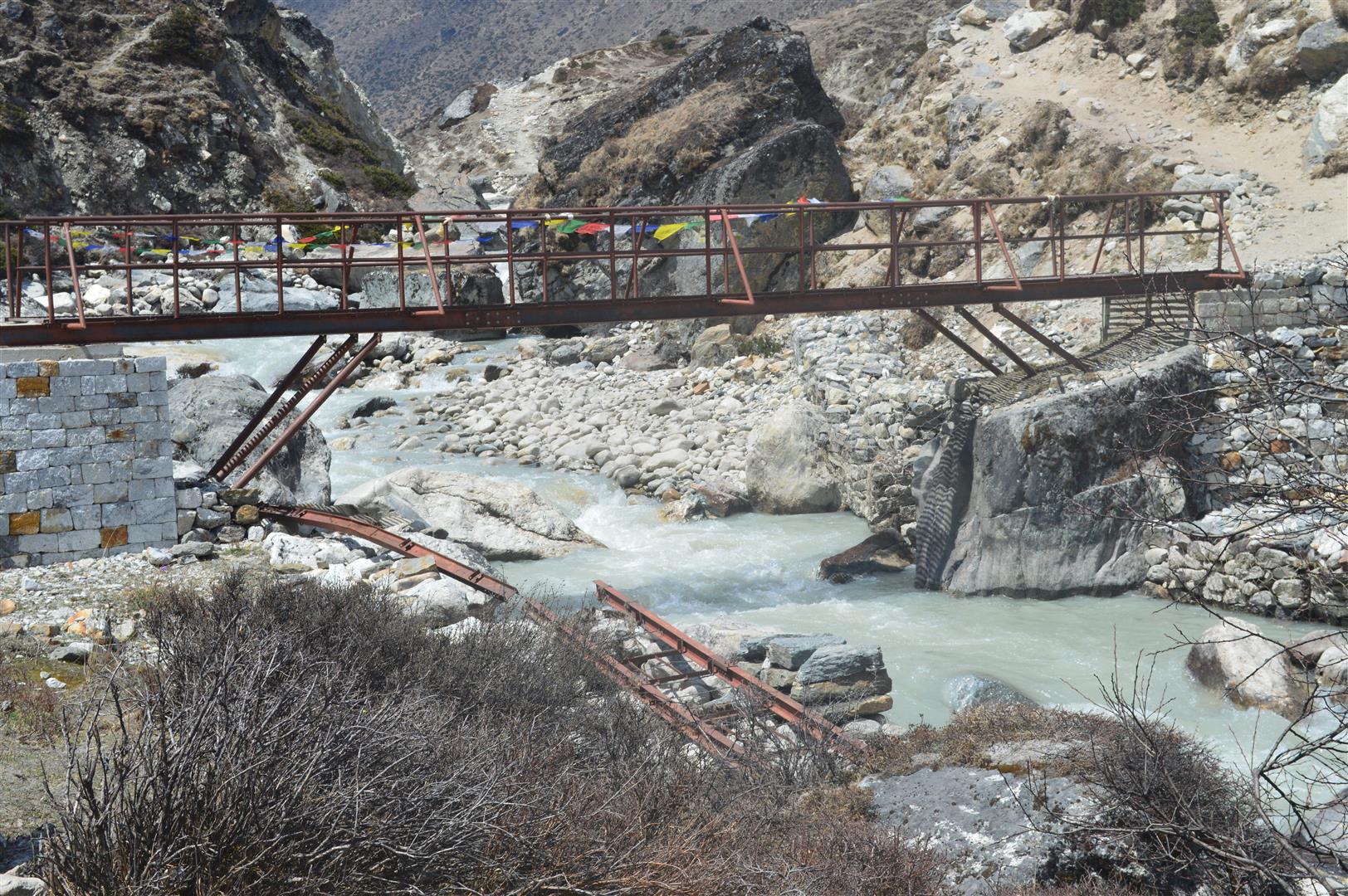
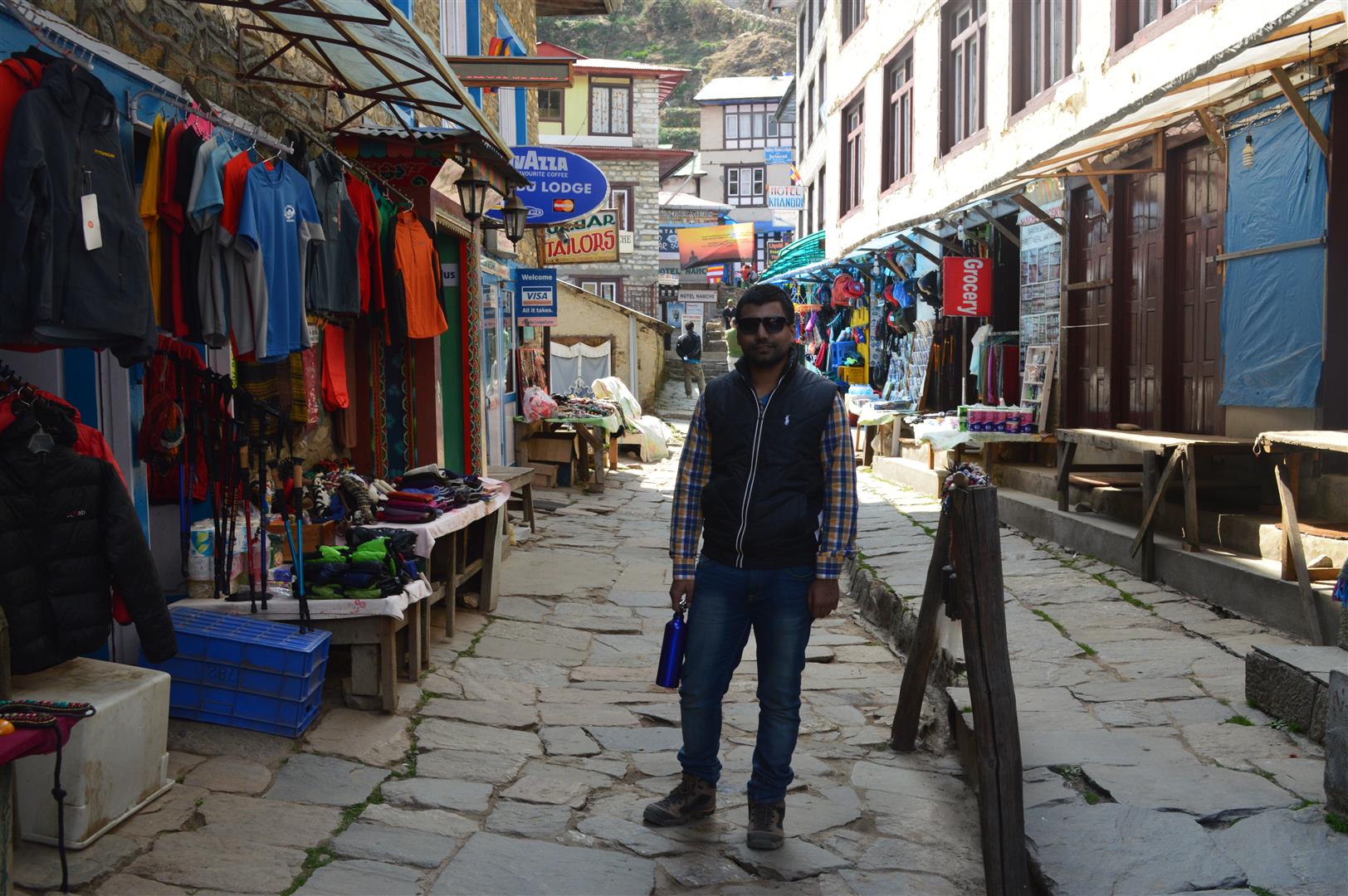
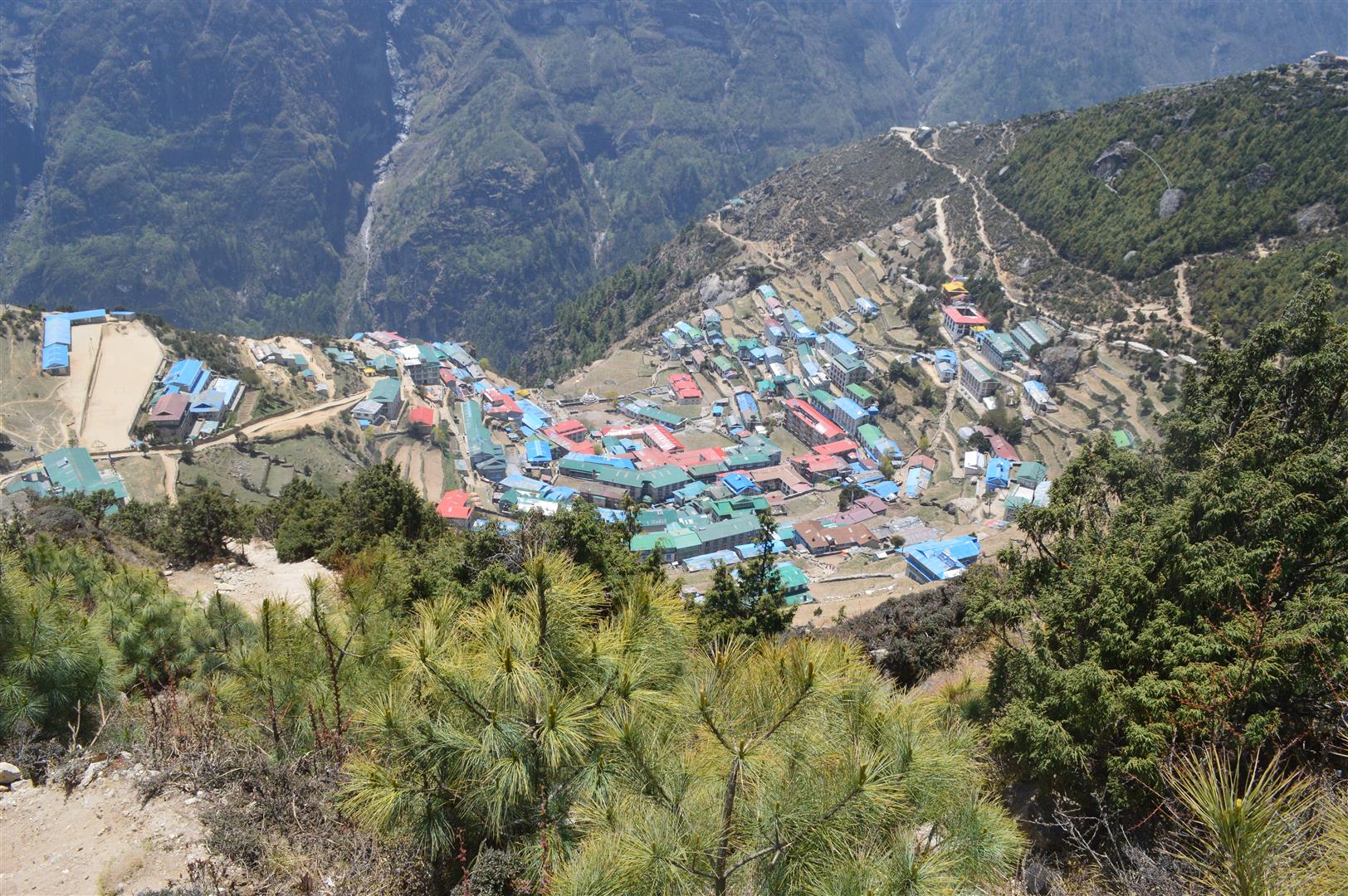
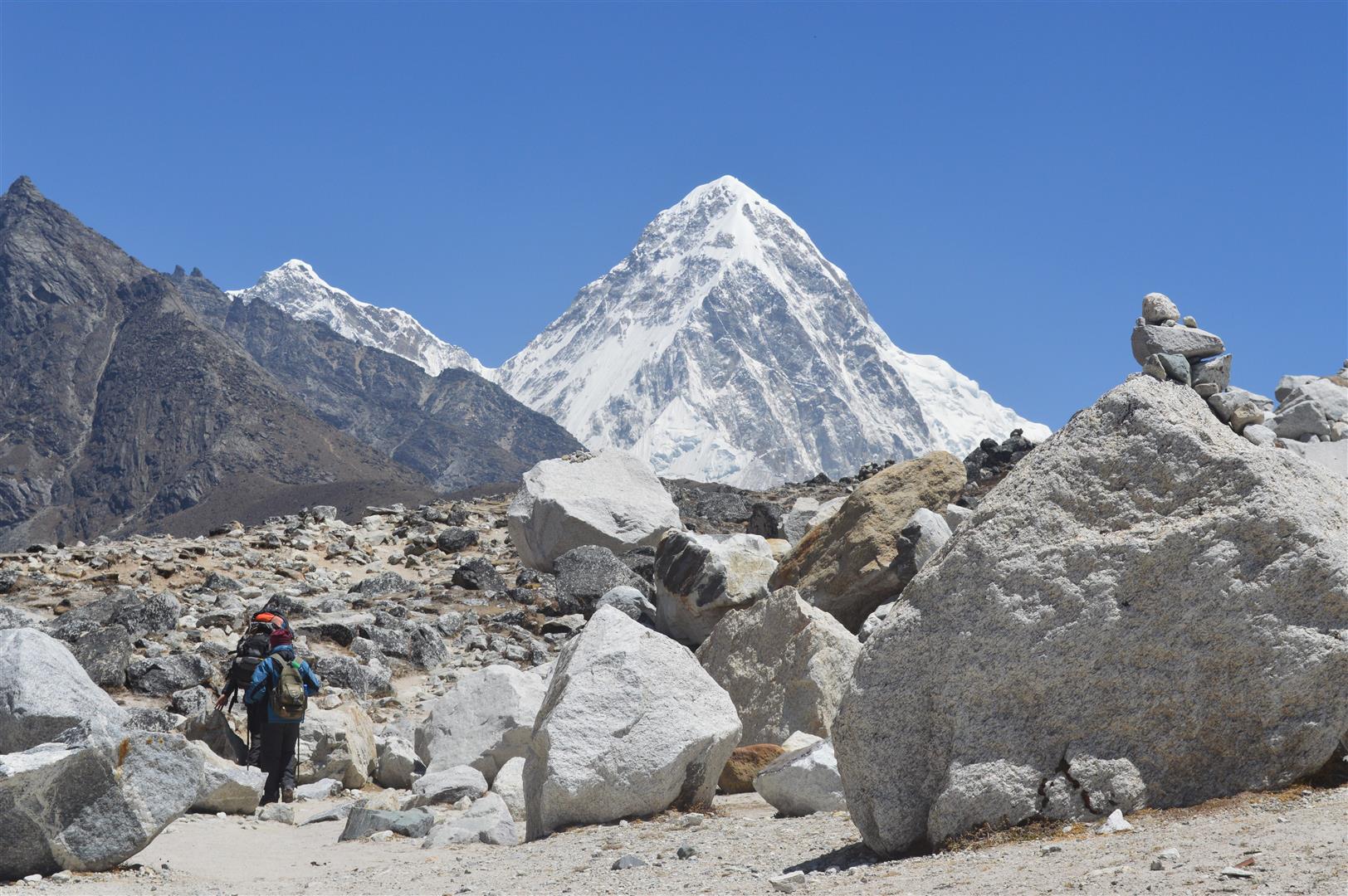
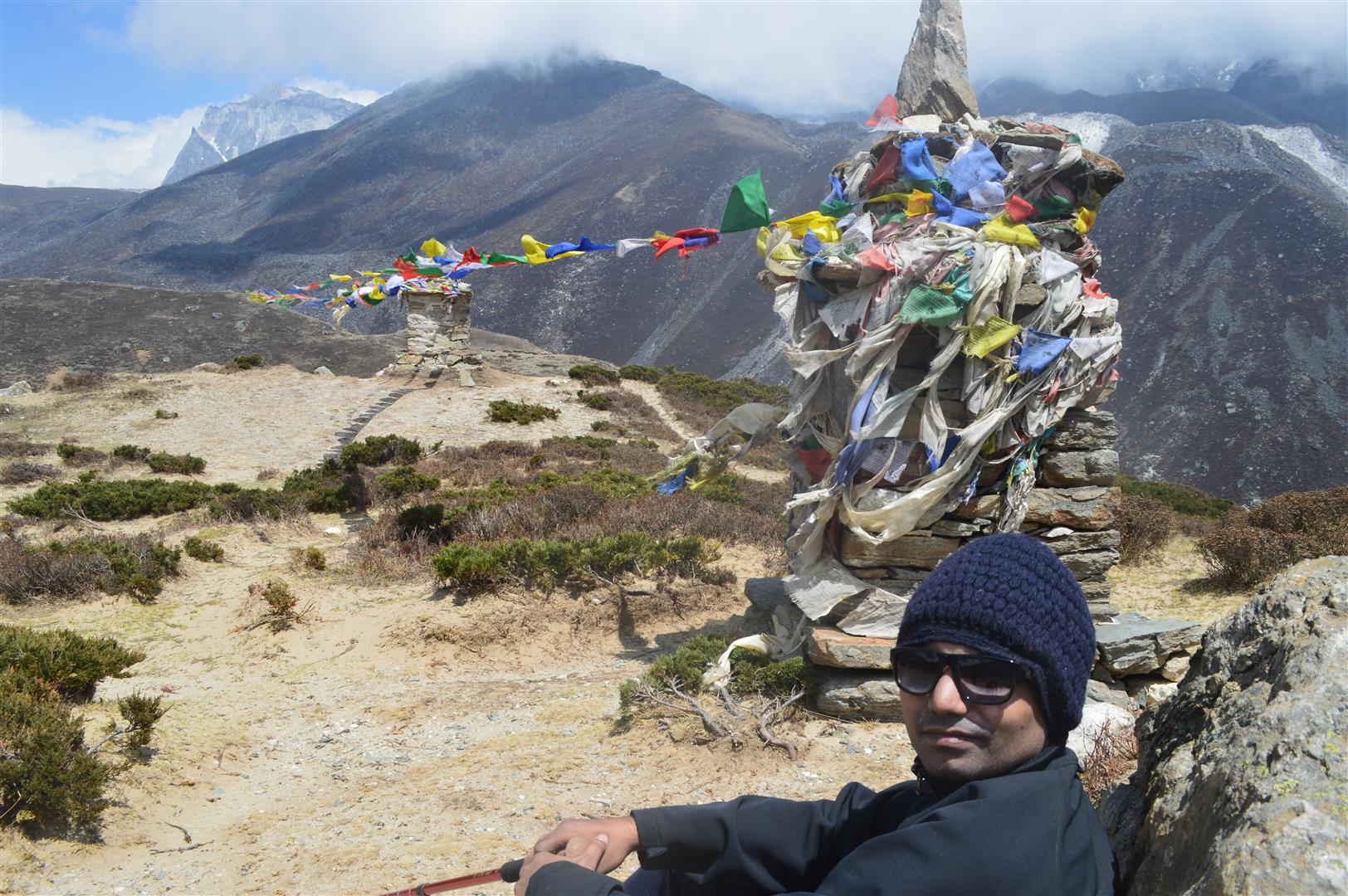
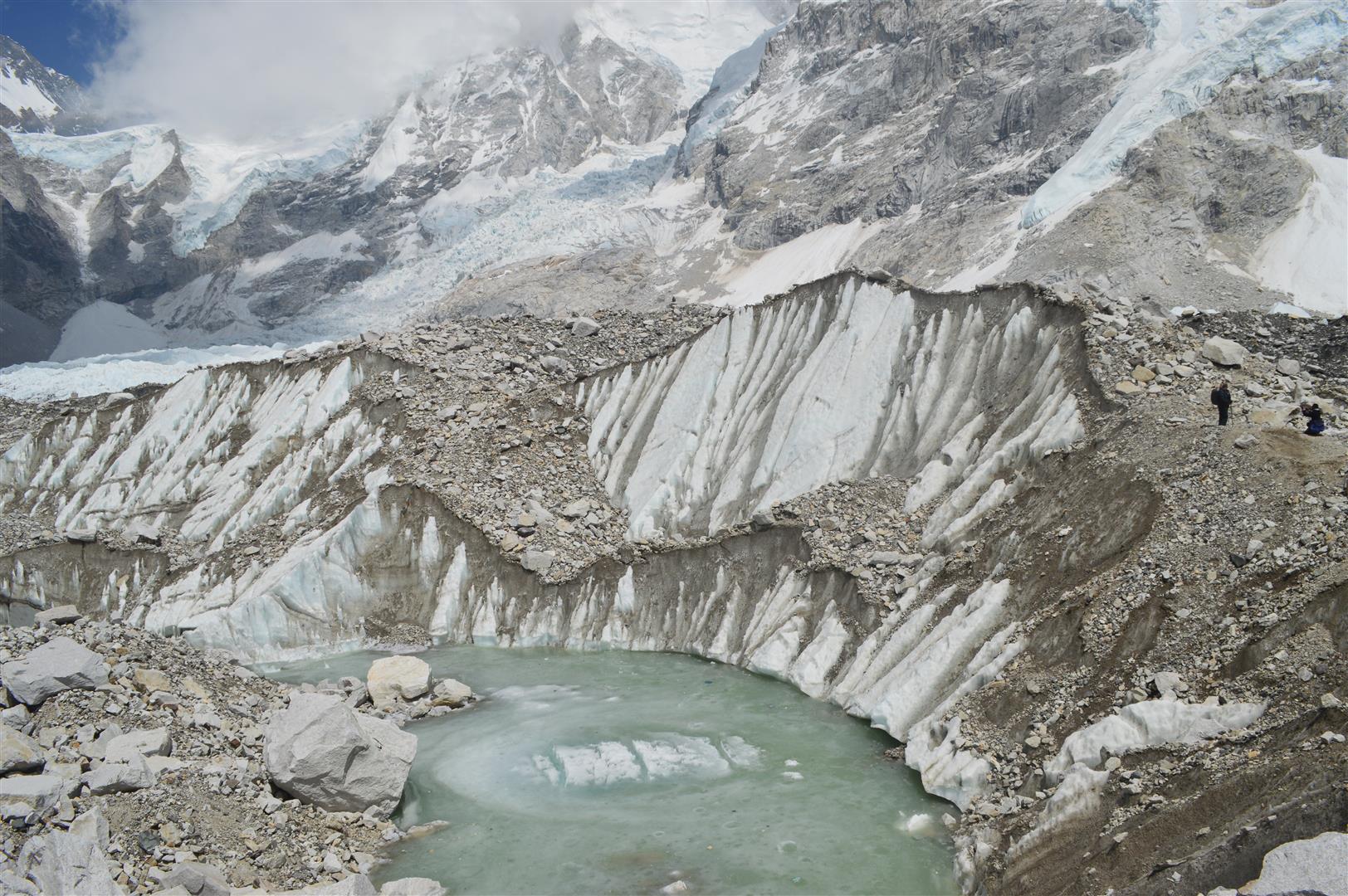
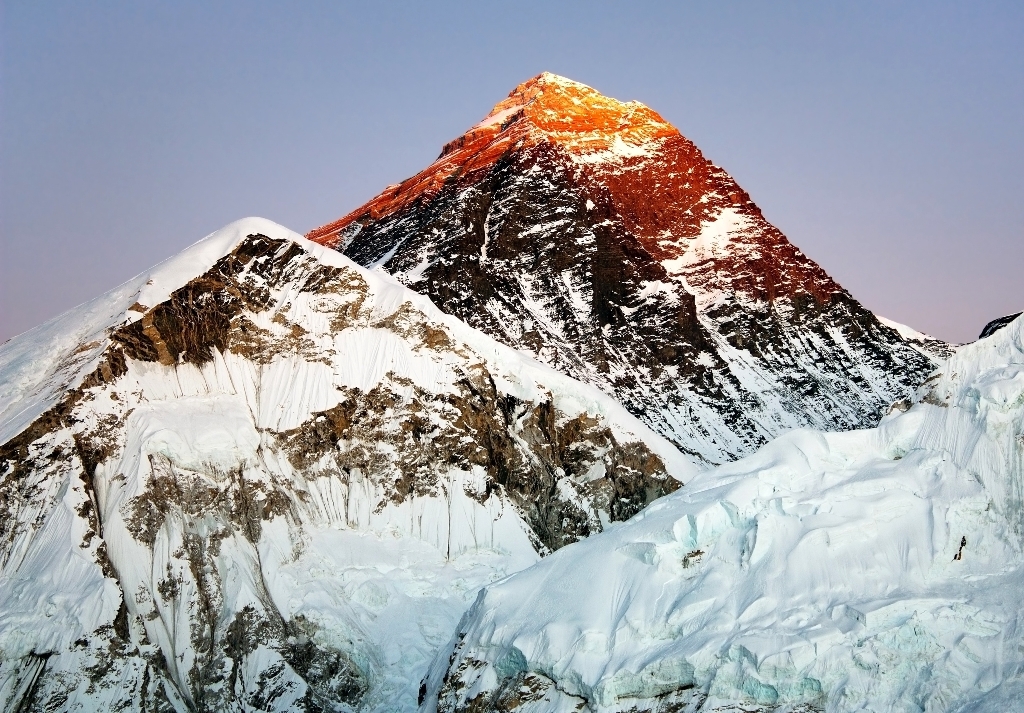
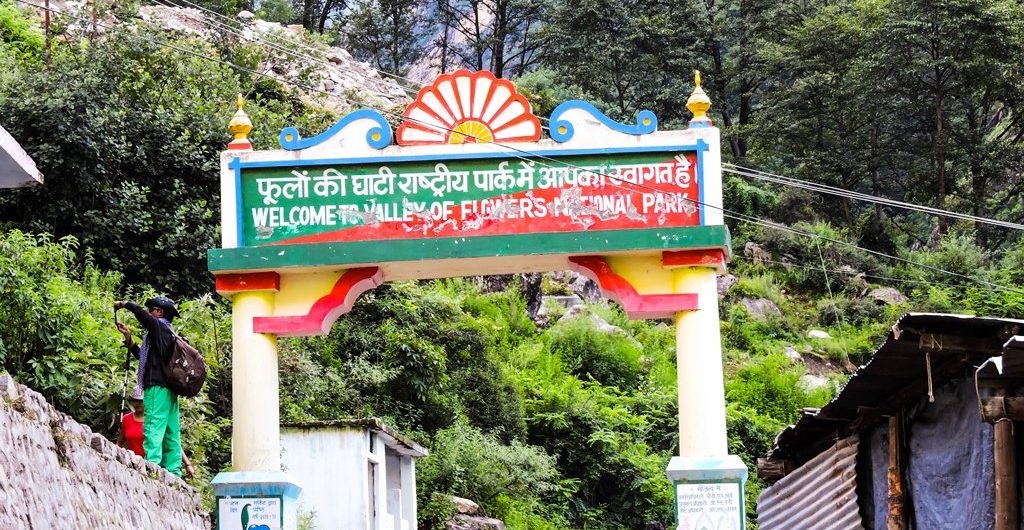
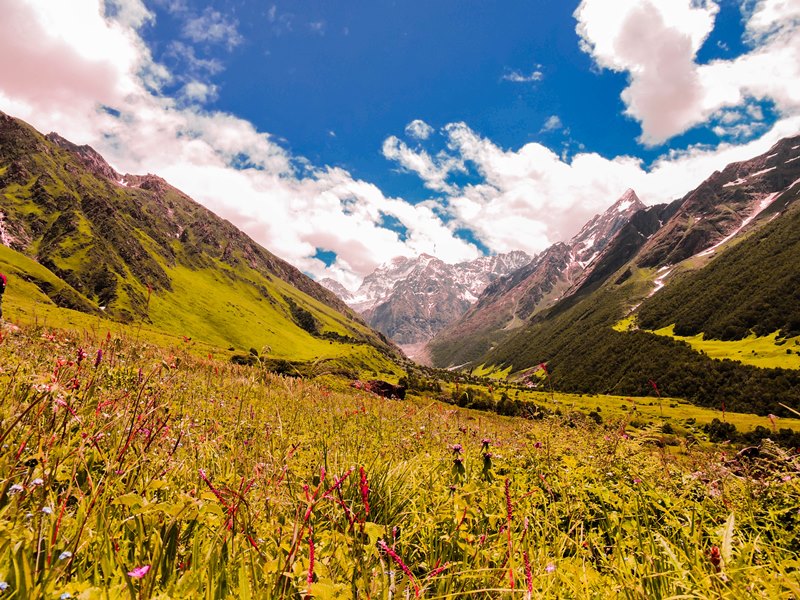
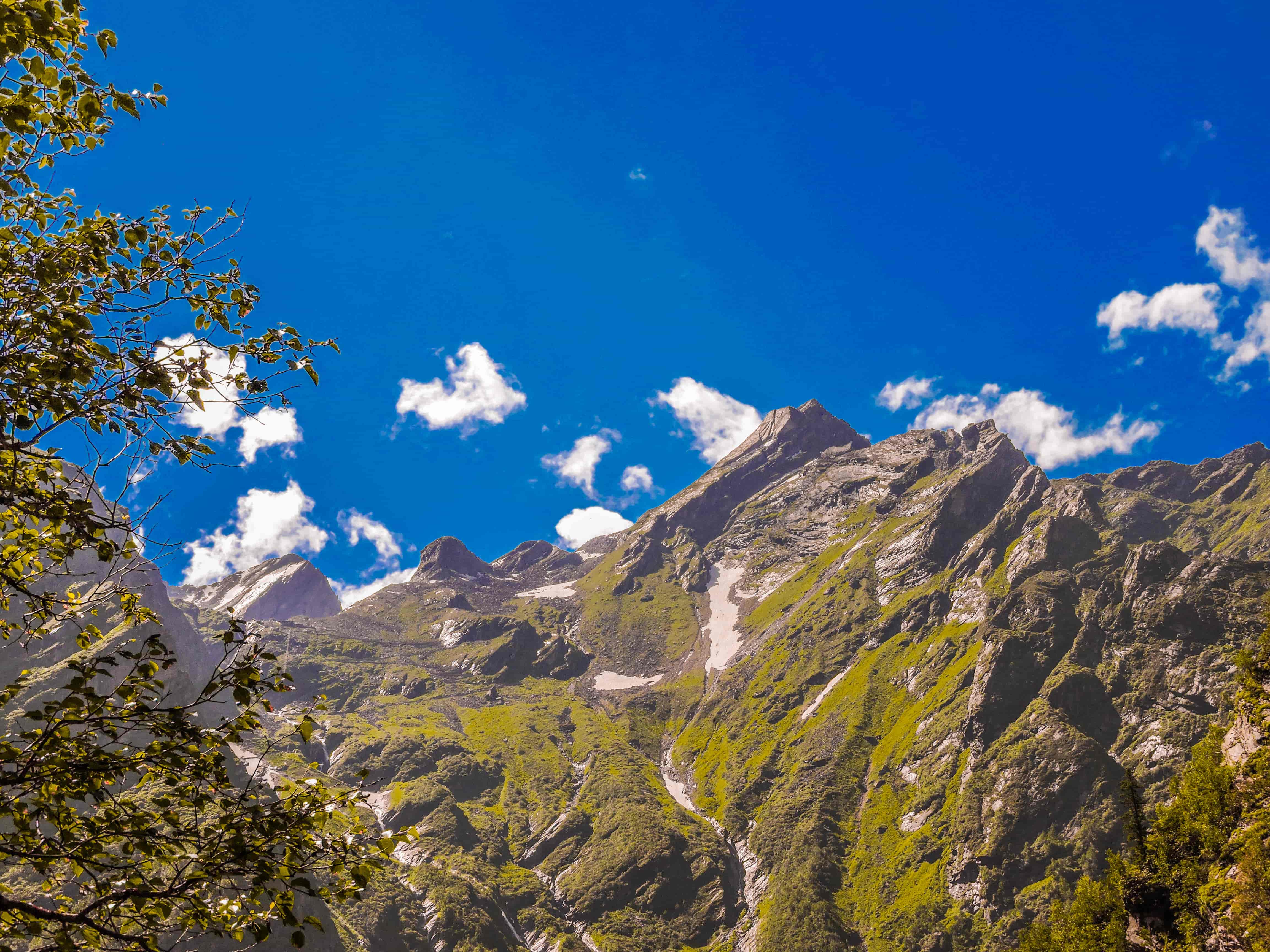
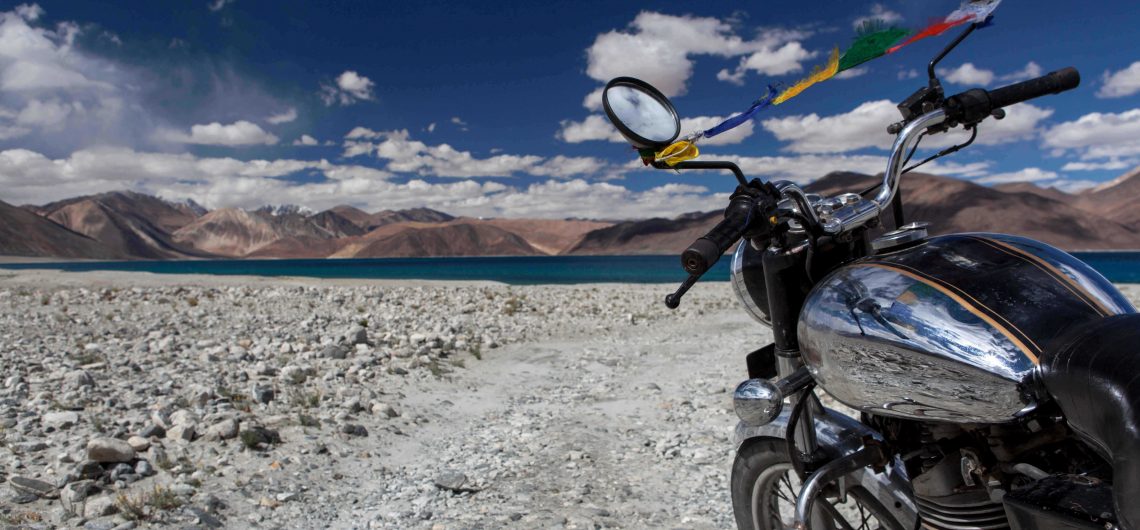
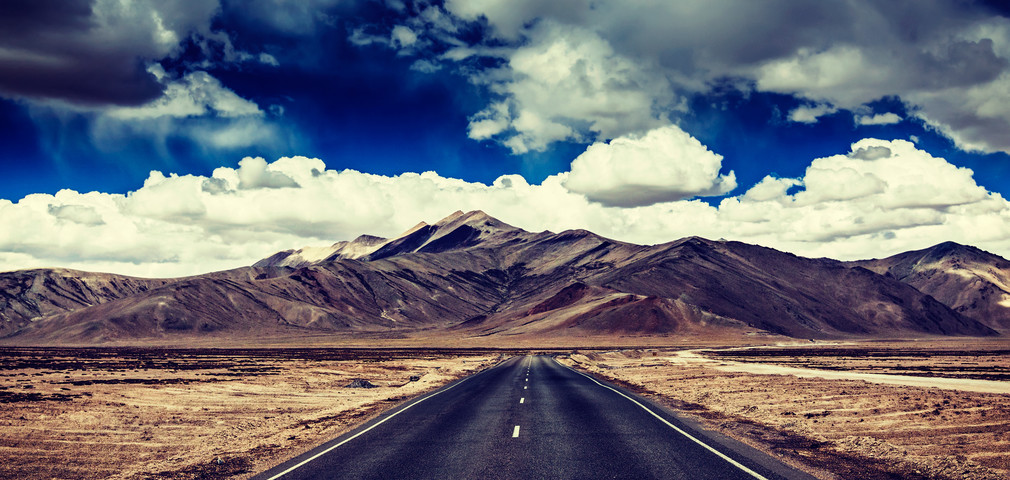
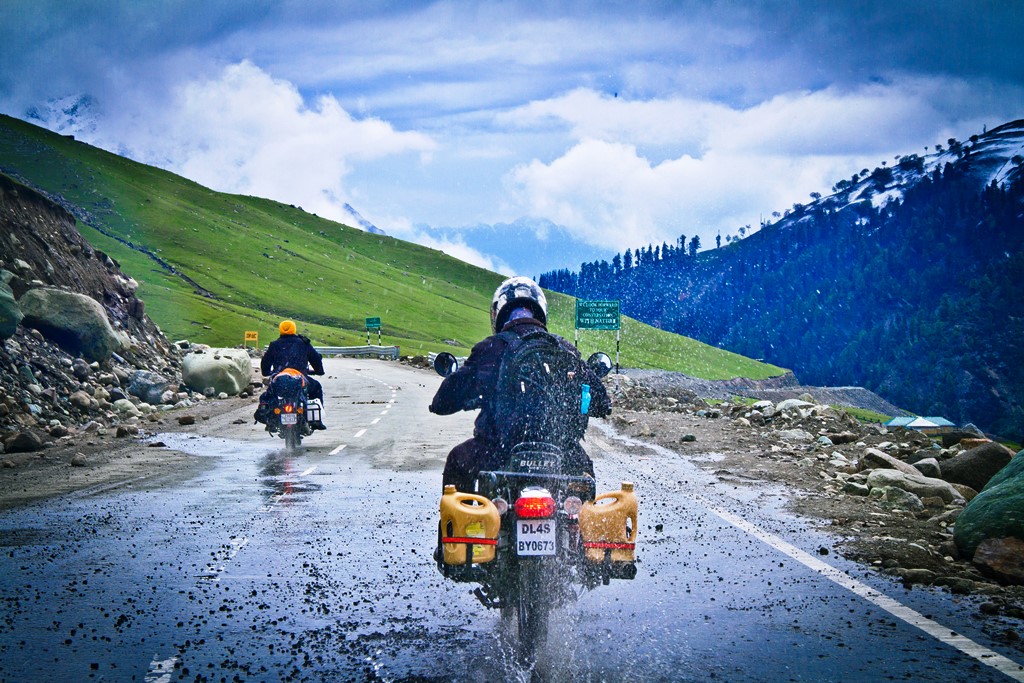 Manali to Ladakh- a ride of a lifetime
Manali to Ladakh- a ride of a lifetime 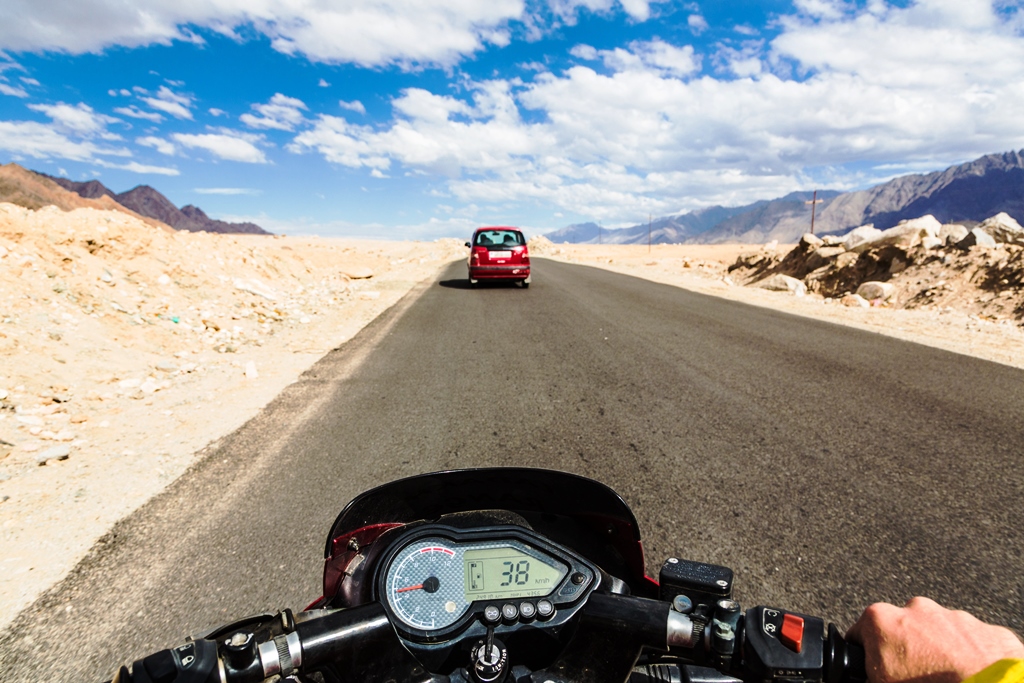
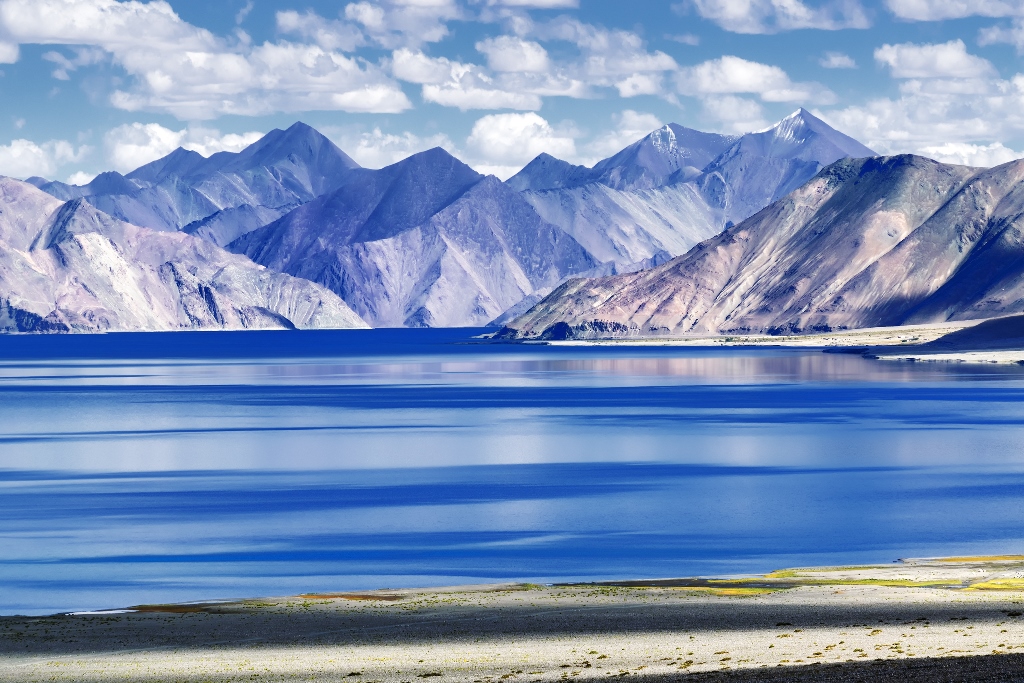
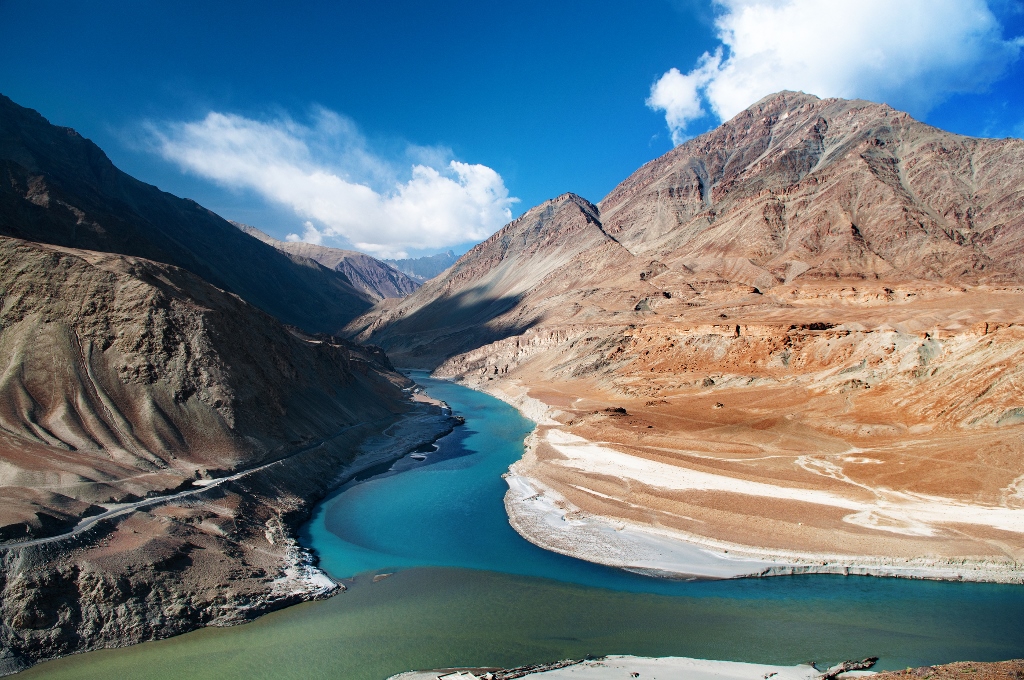
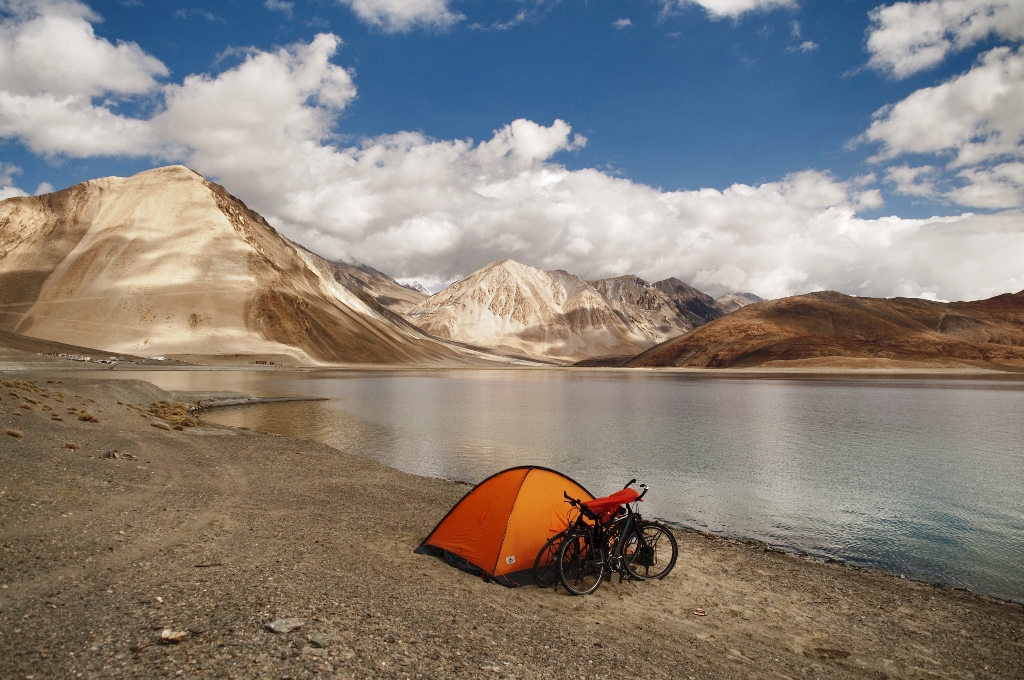
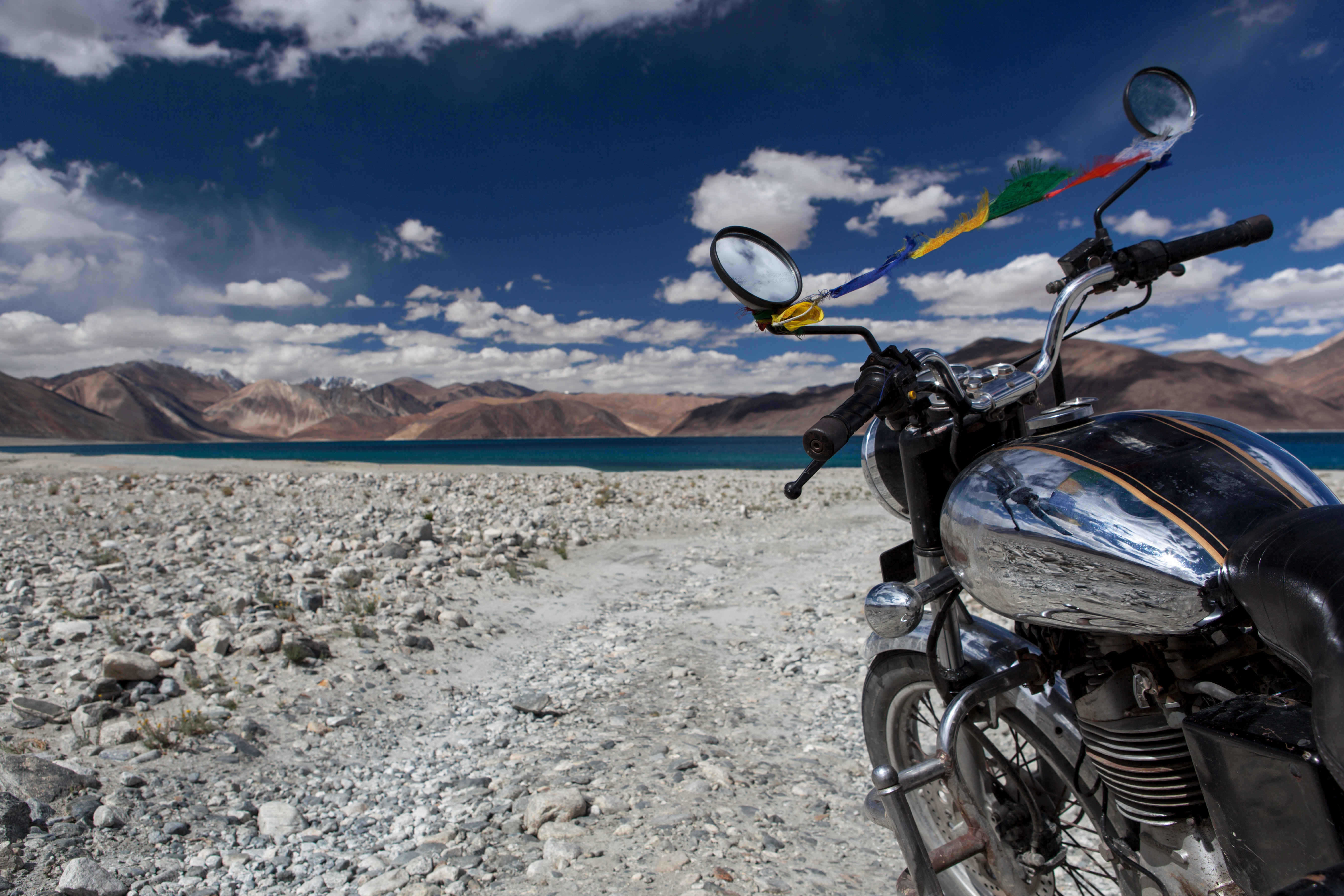
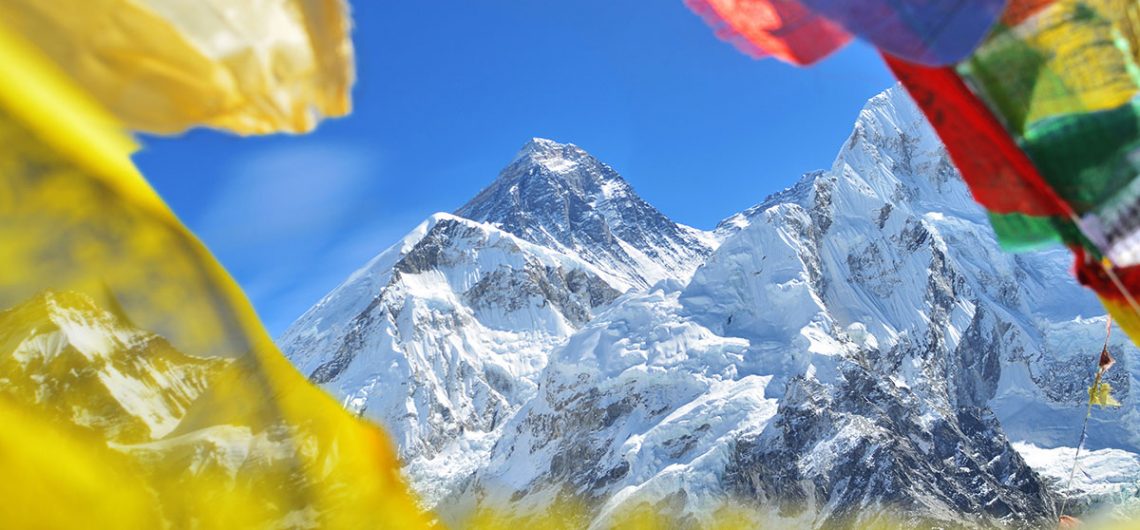
 1. Are You Experienced Enough?
1. Are You Experienced Enough?